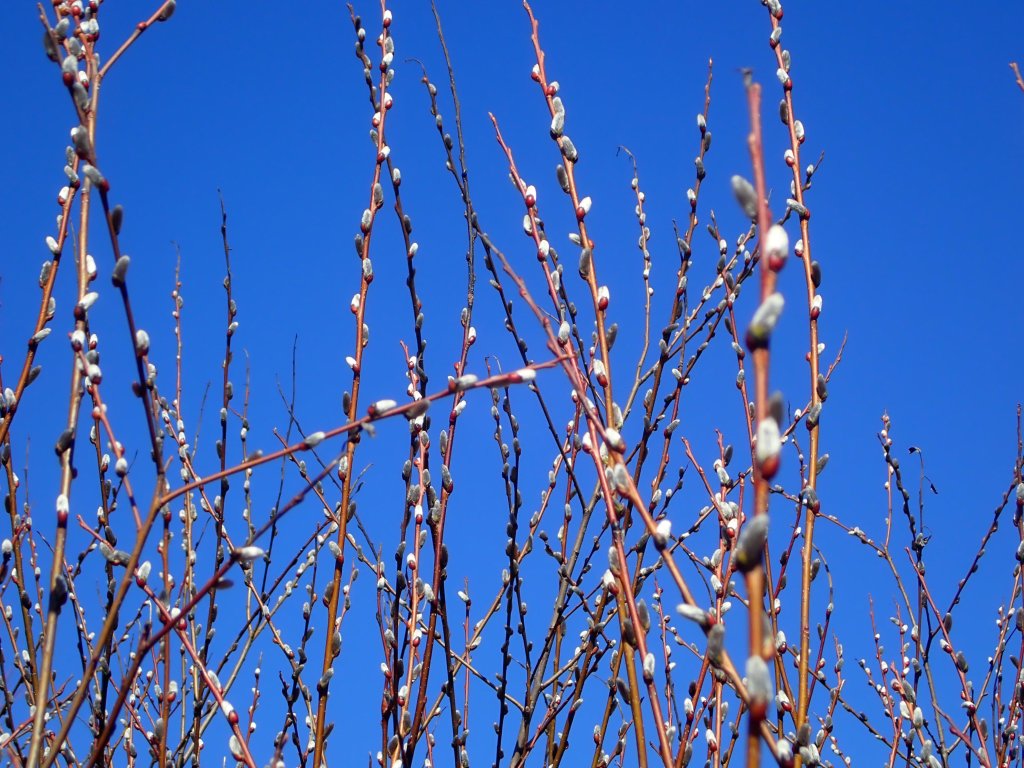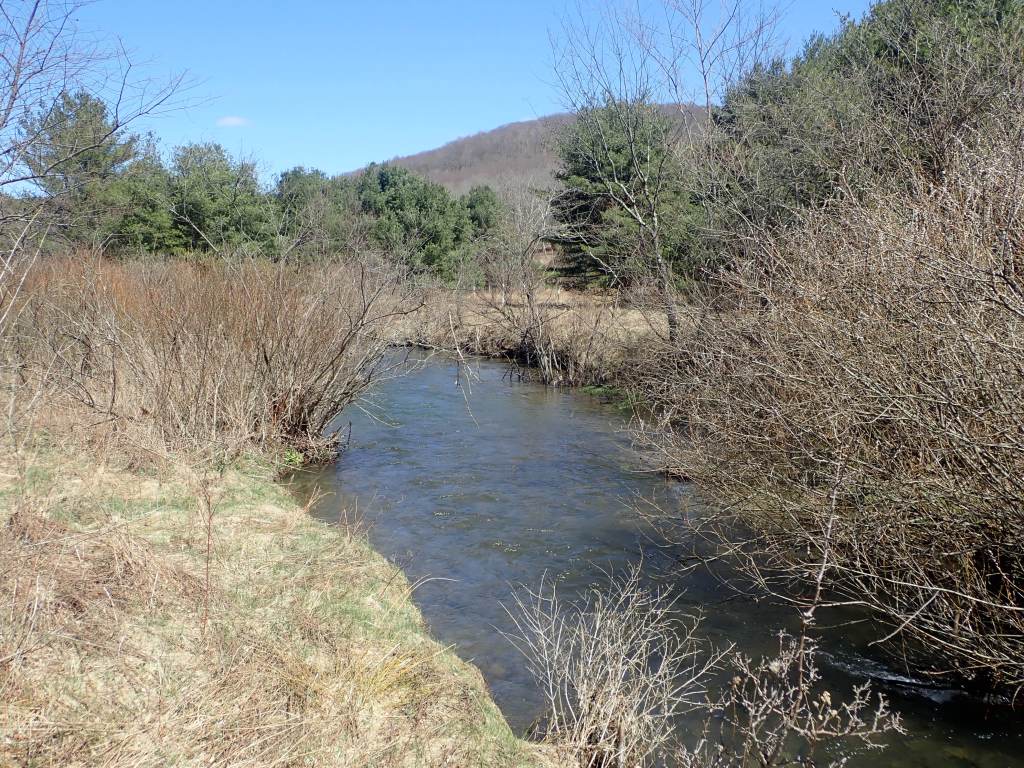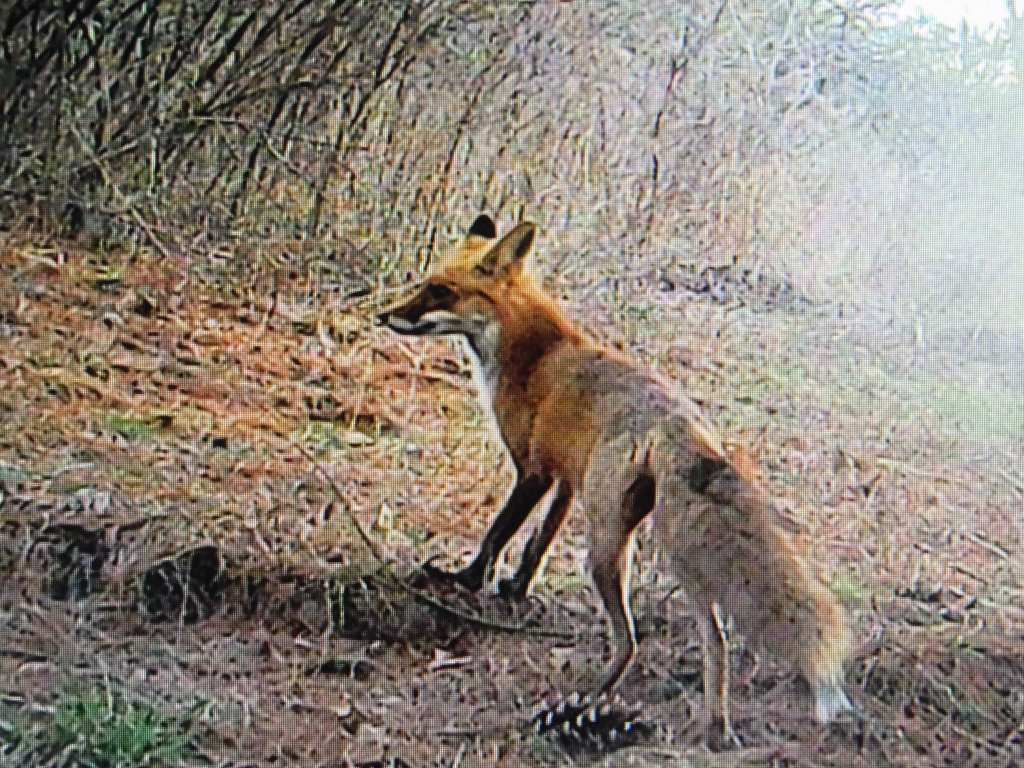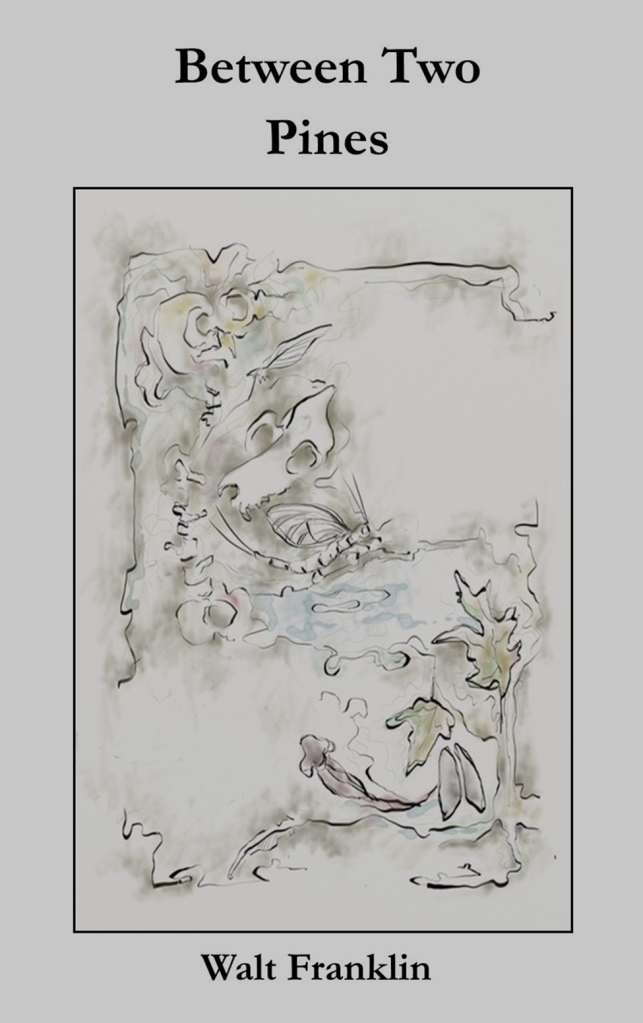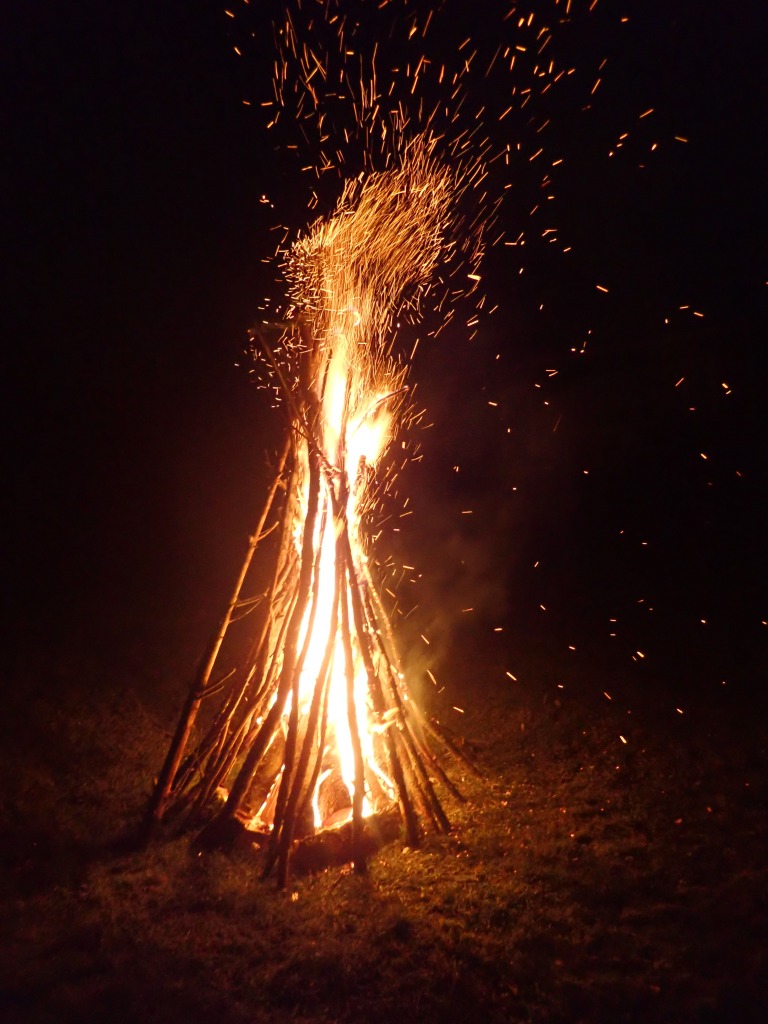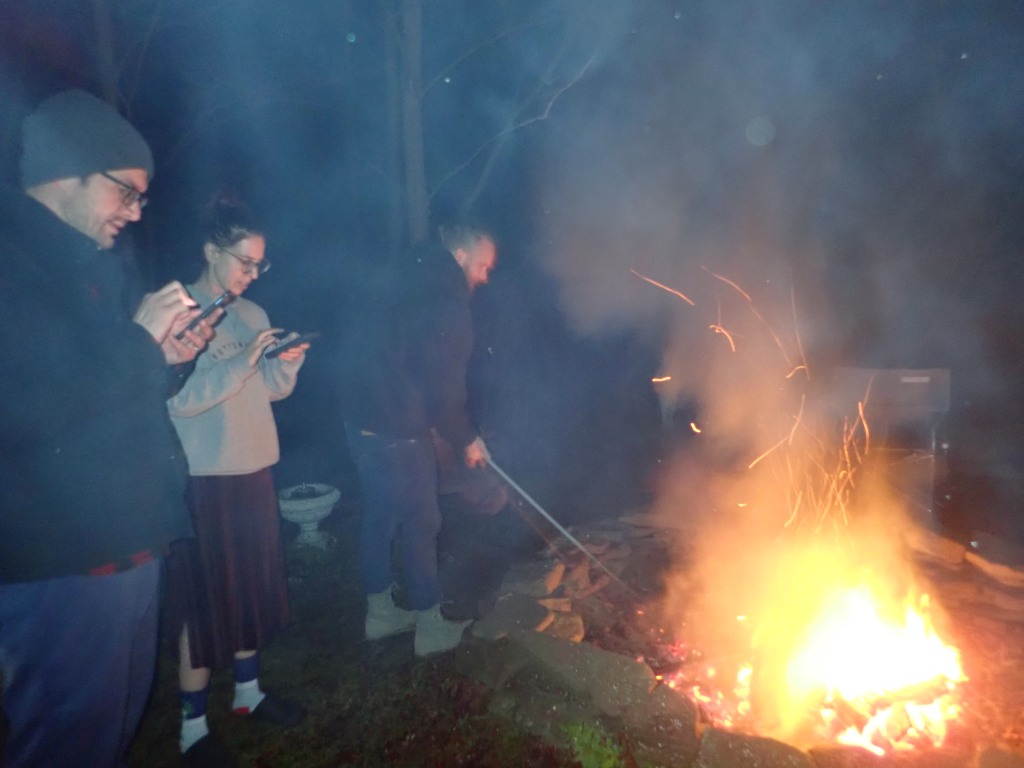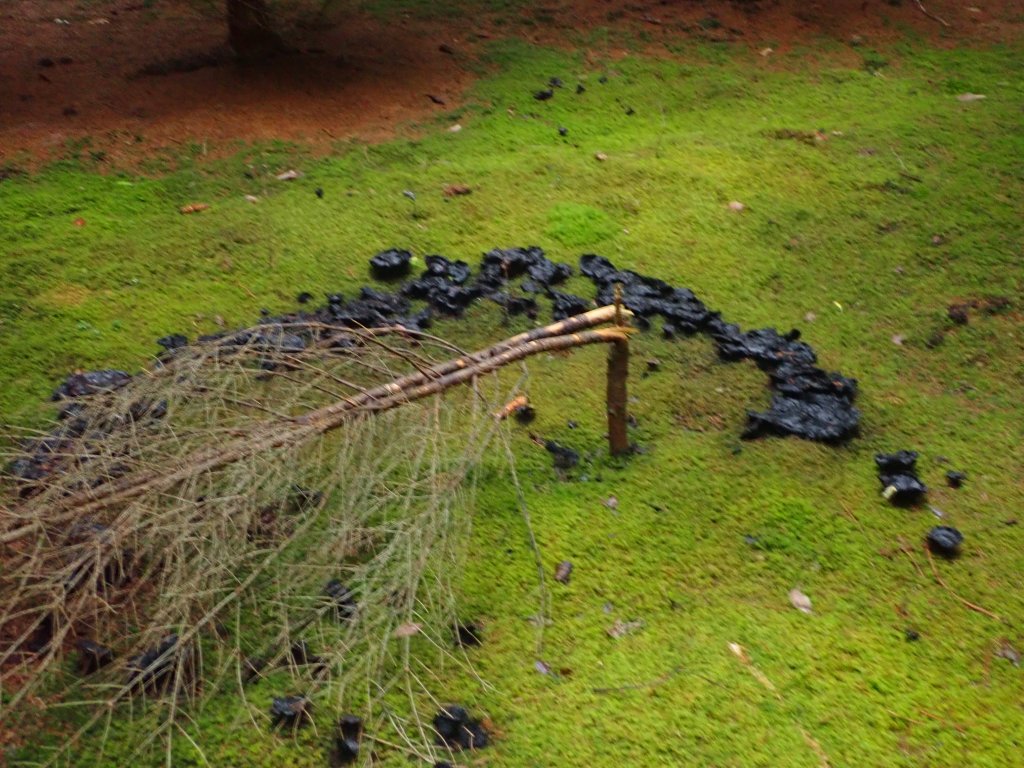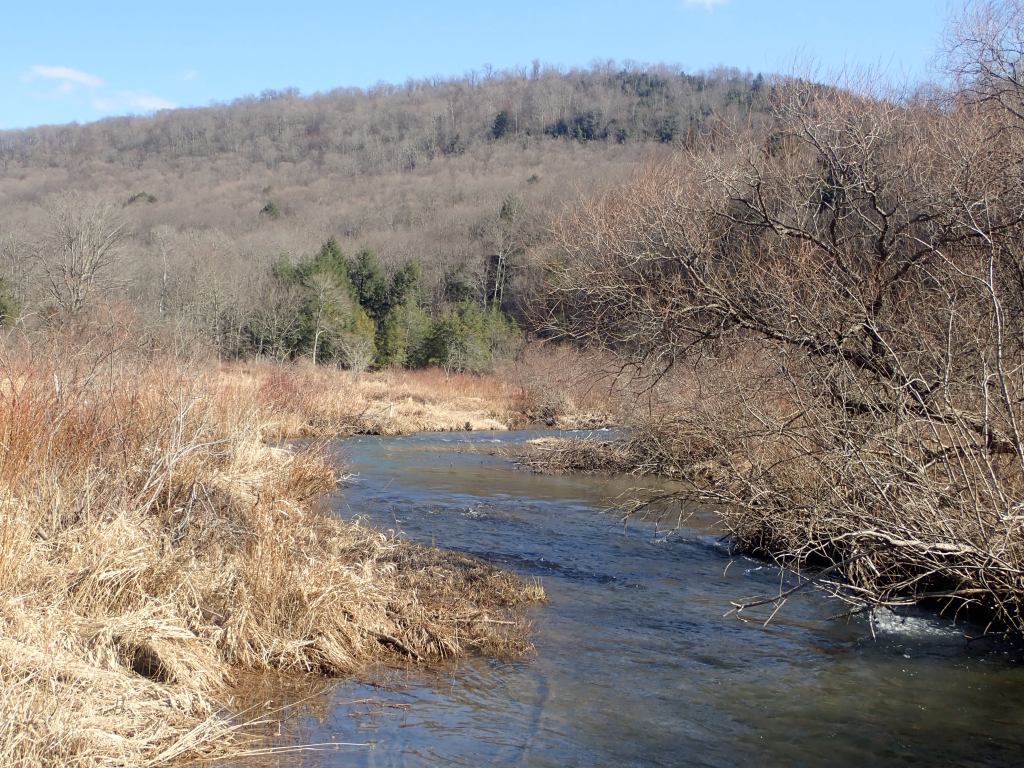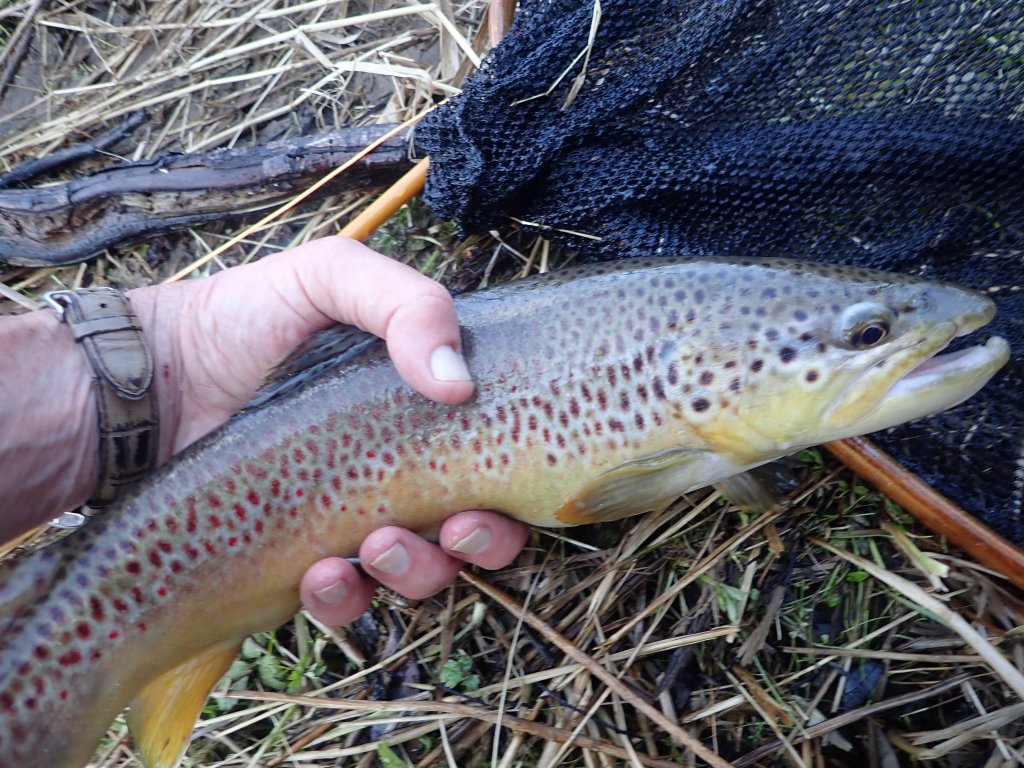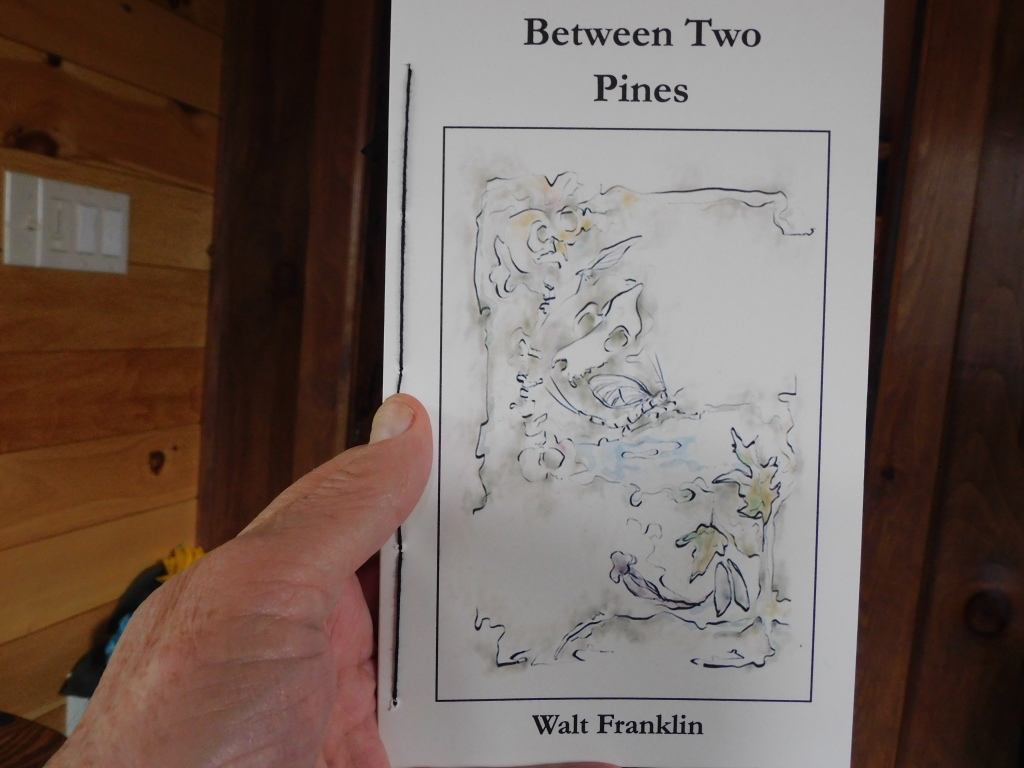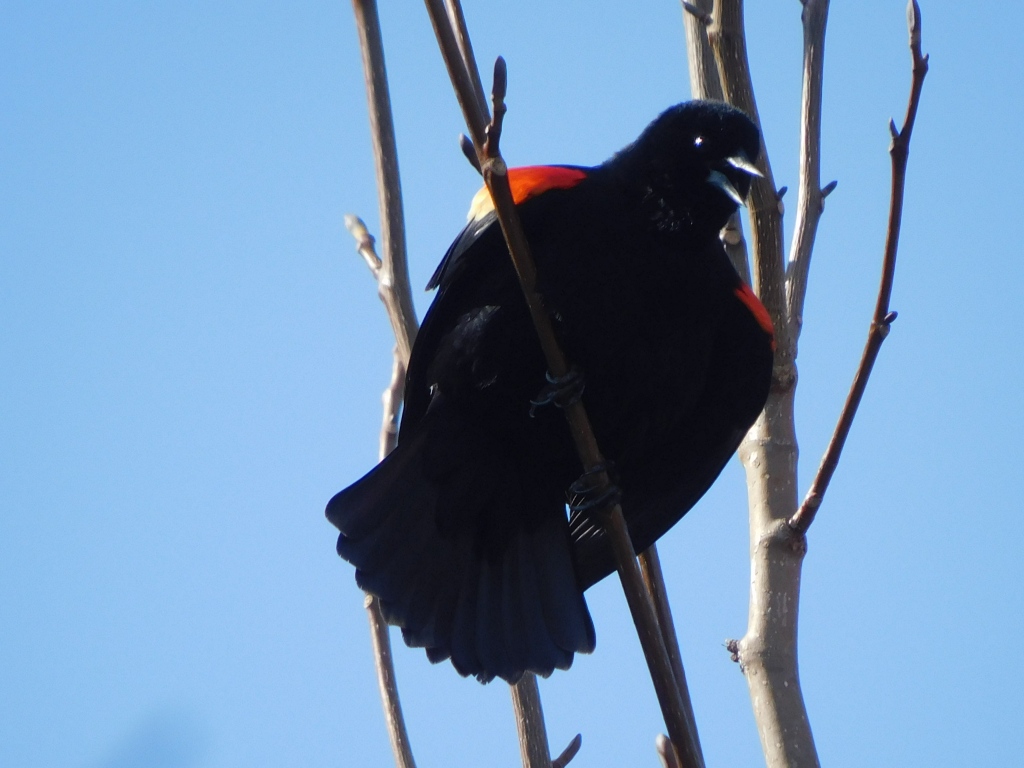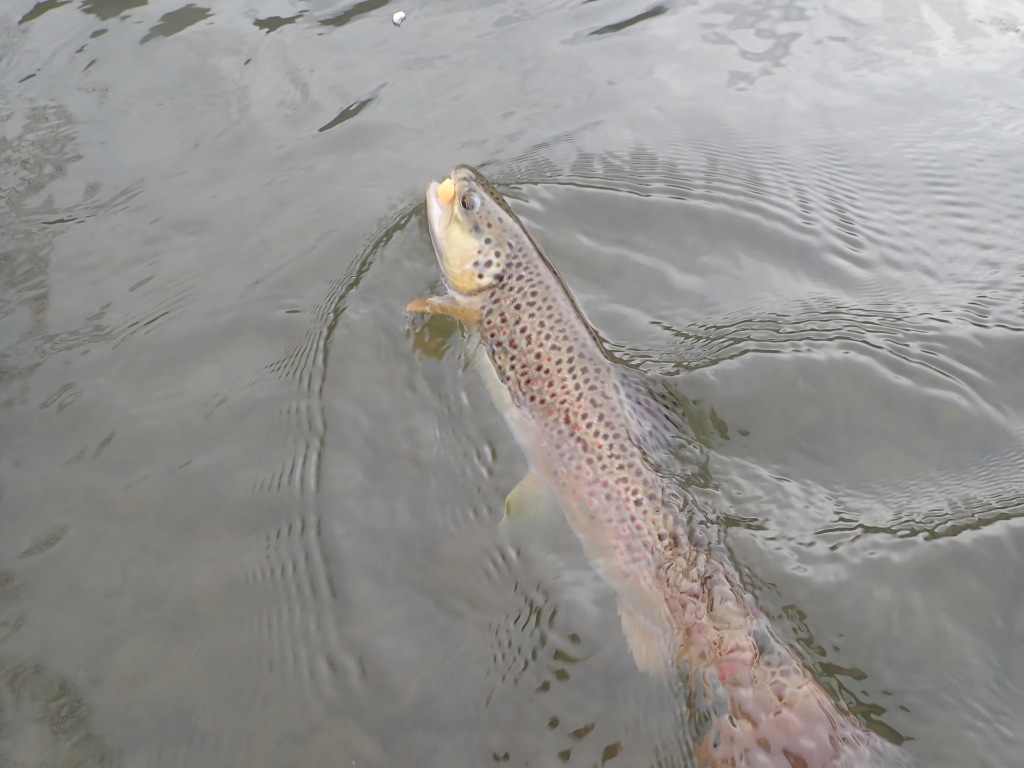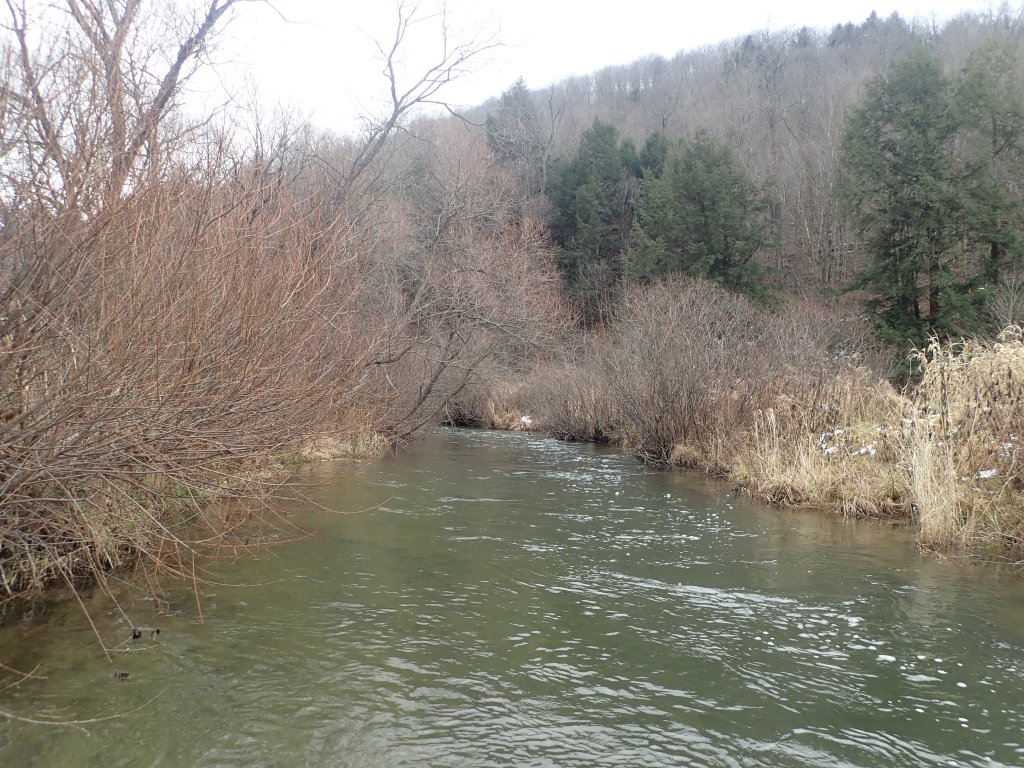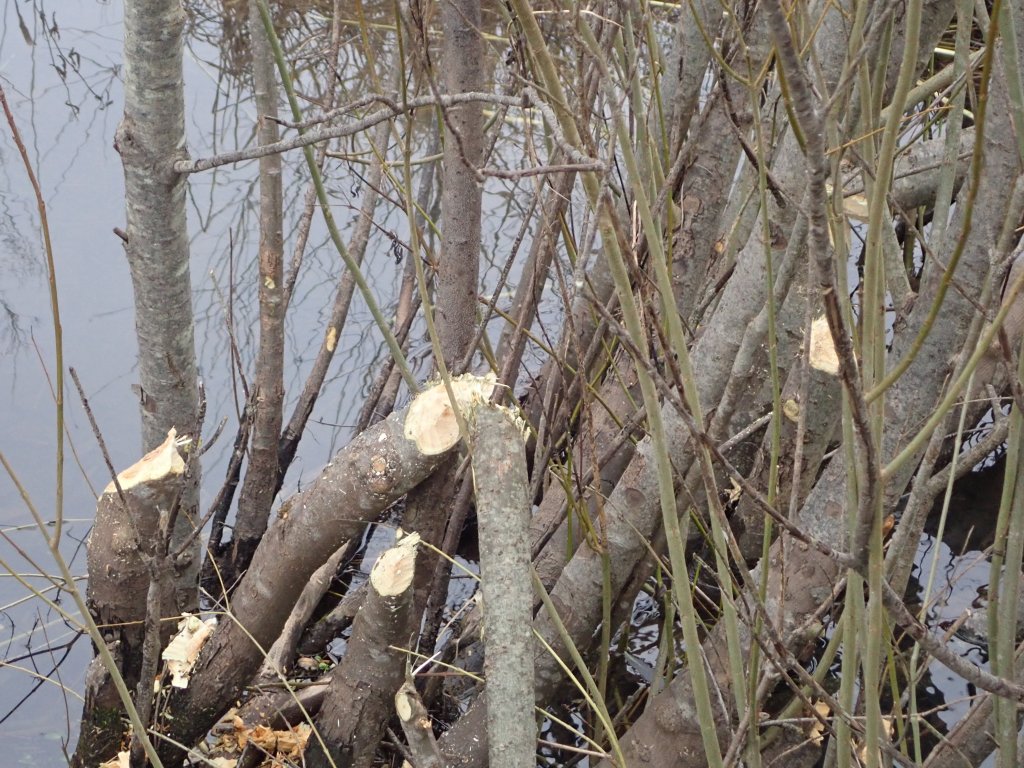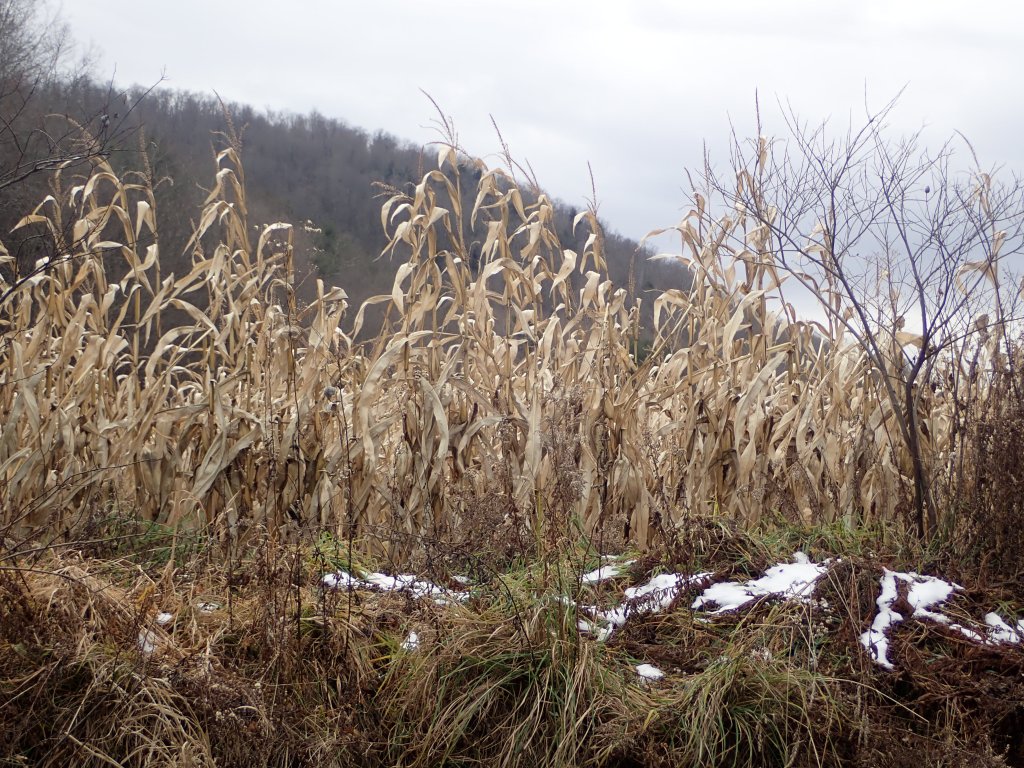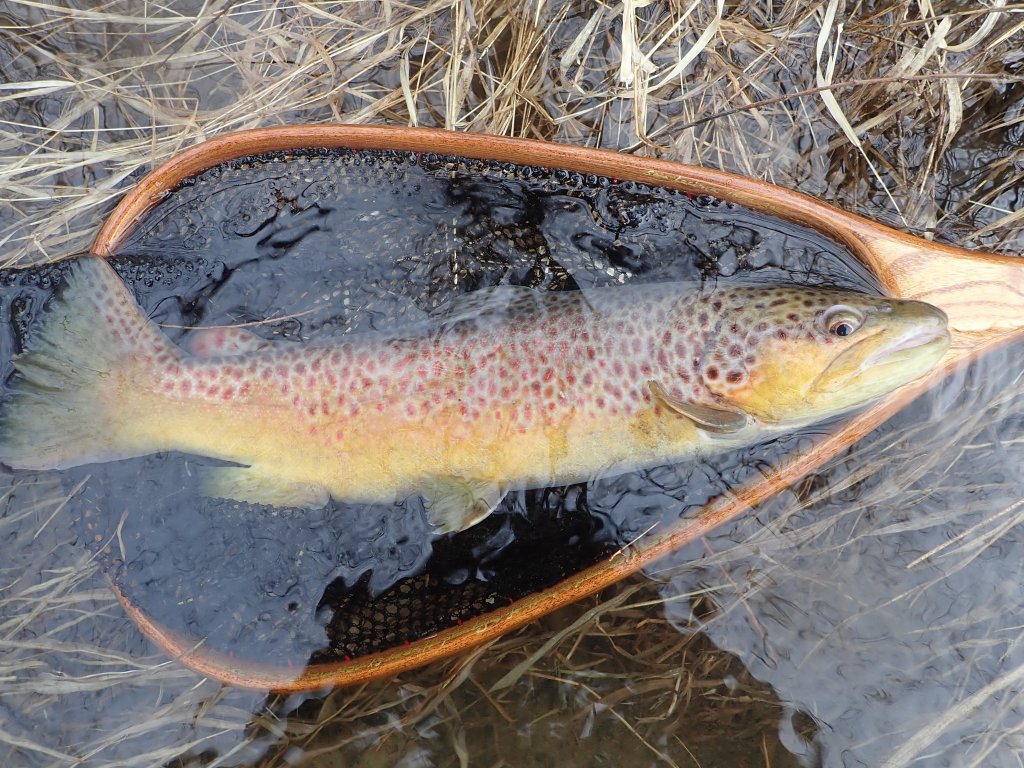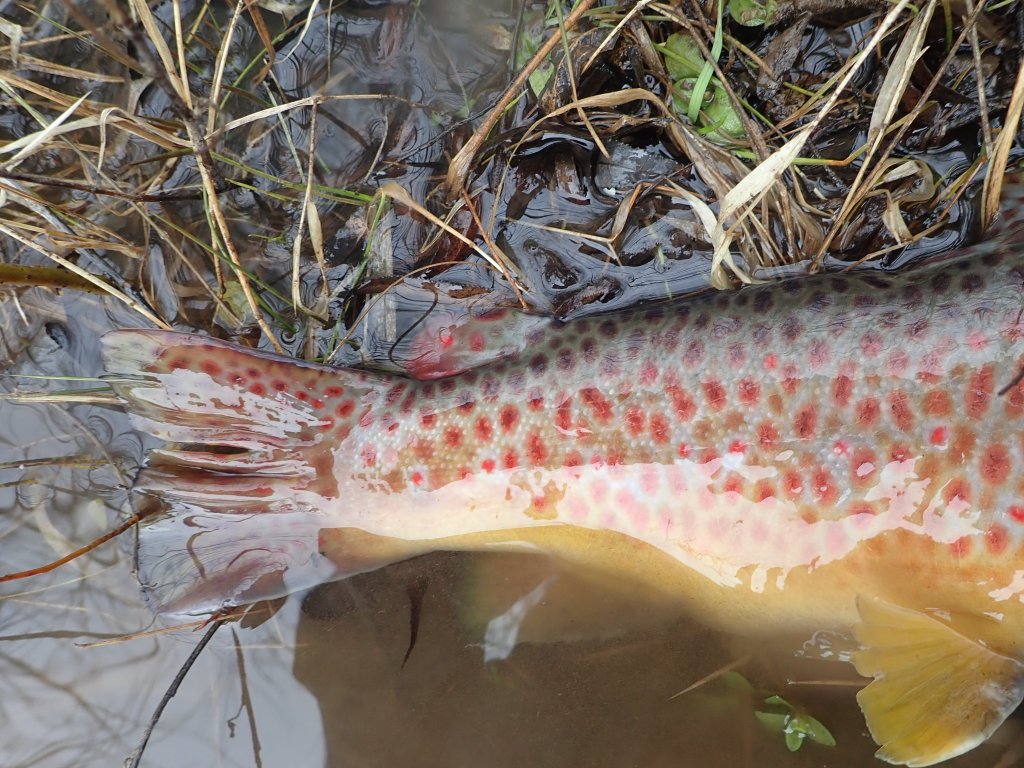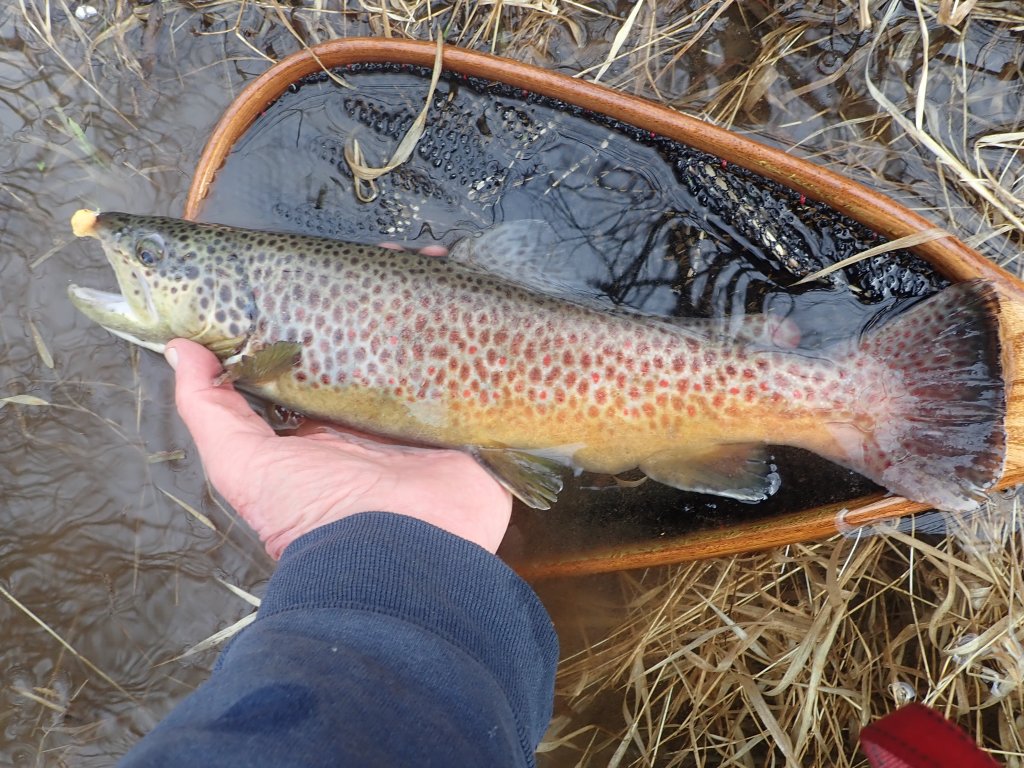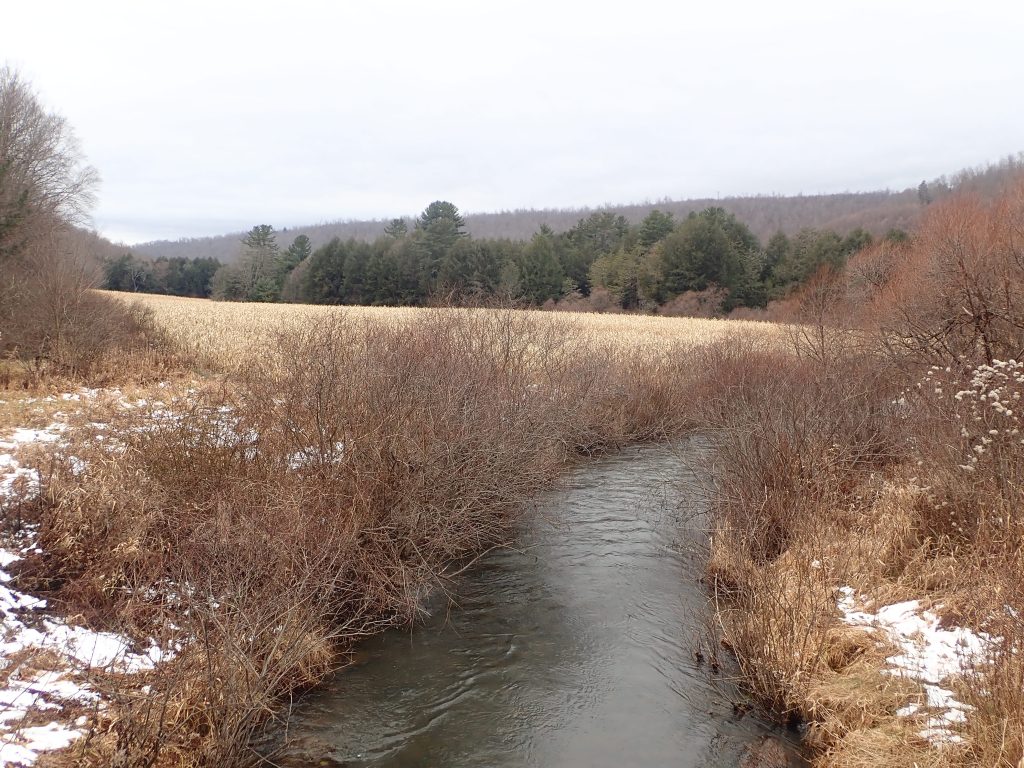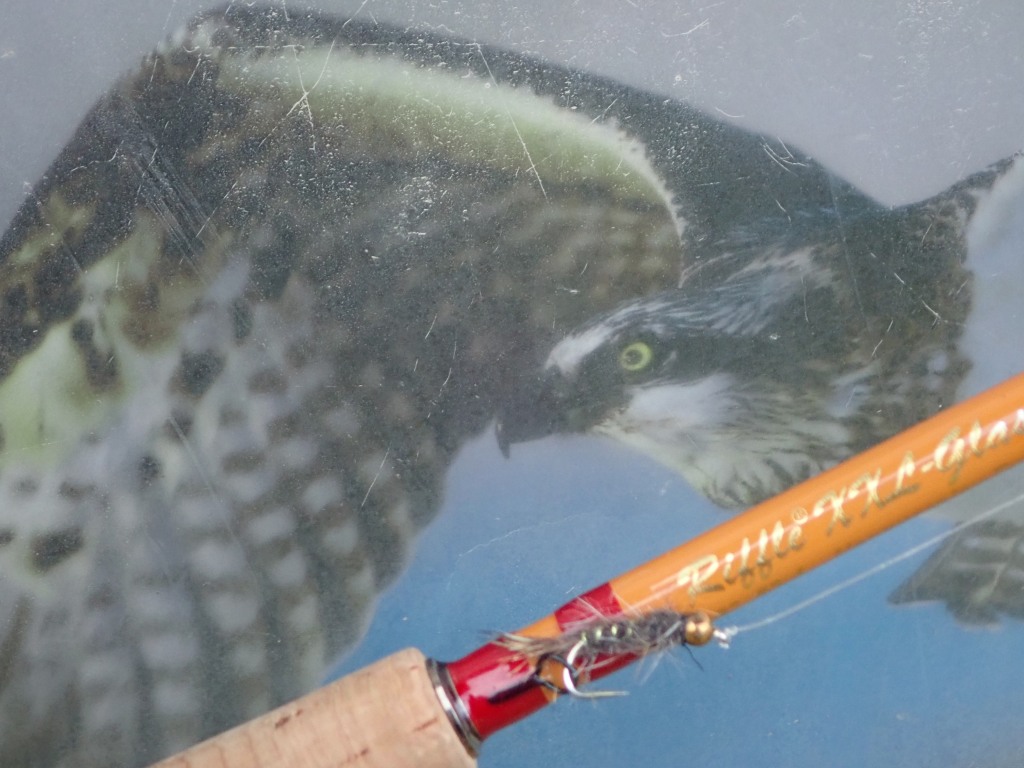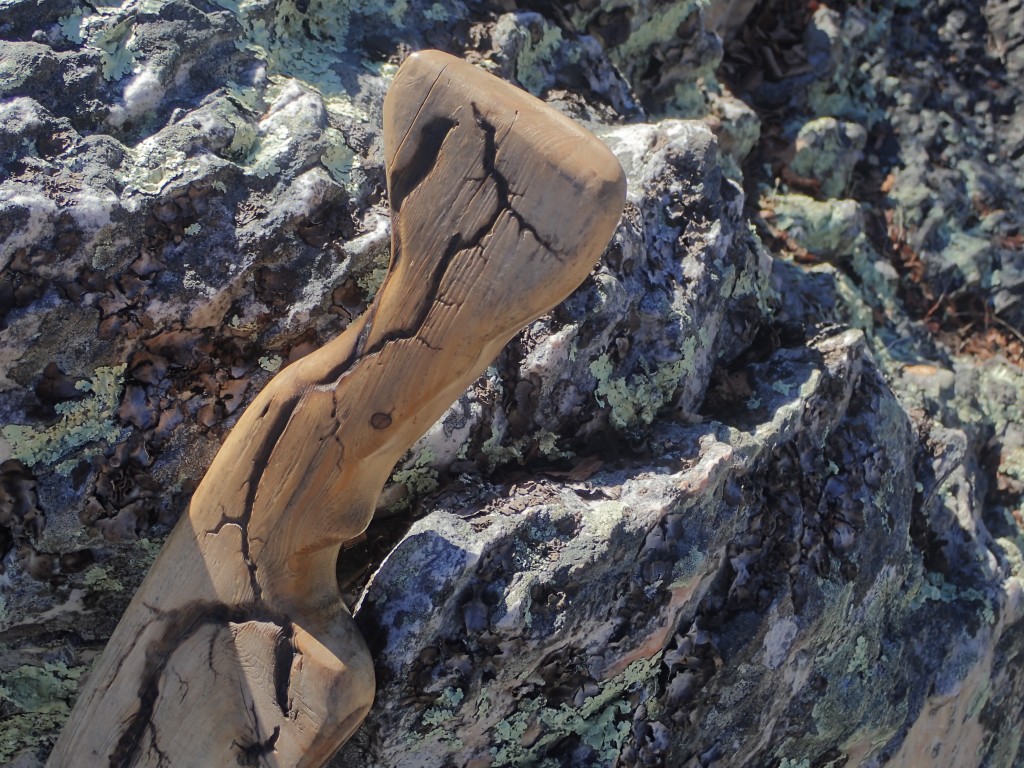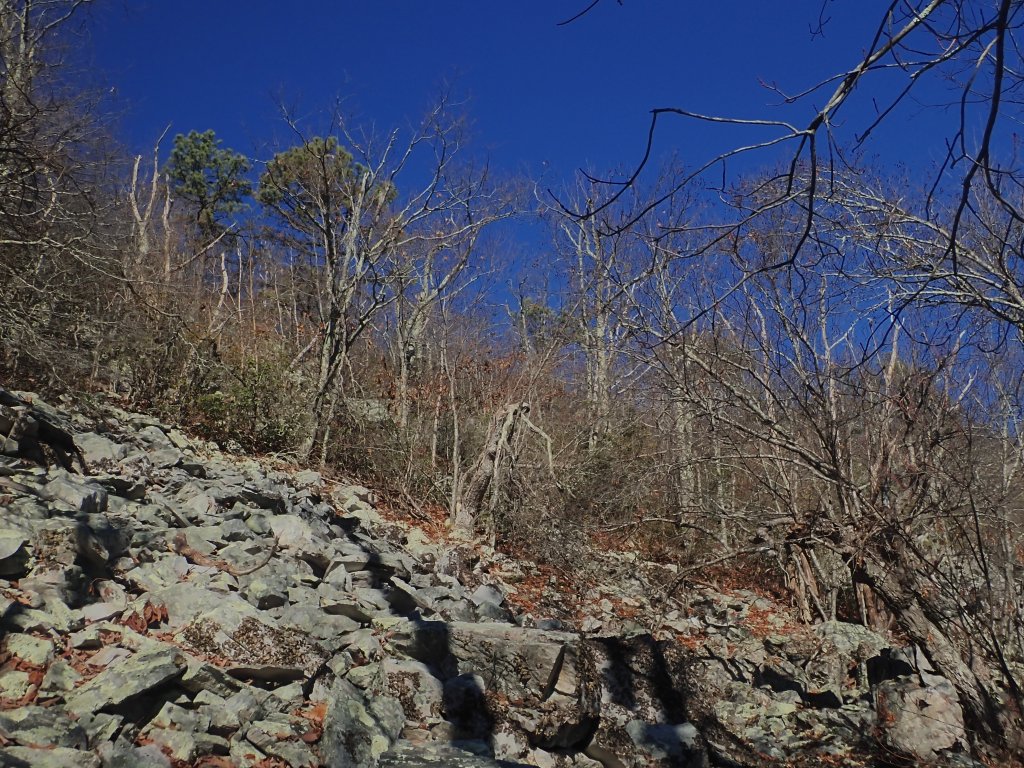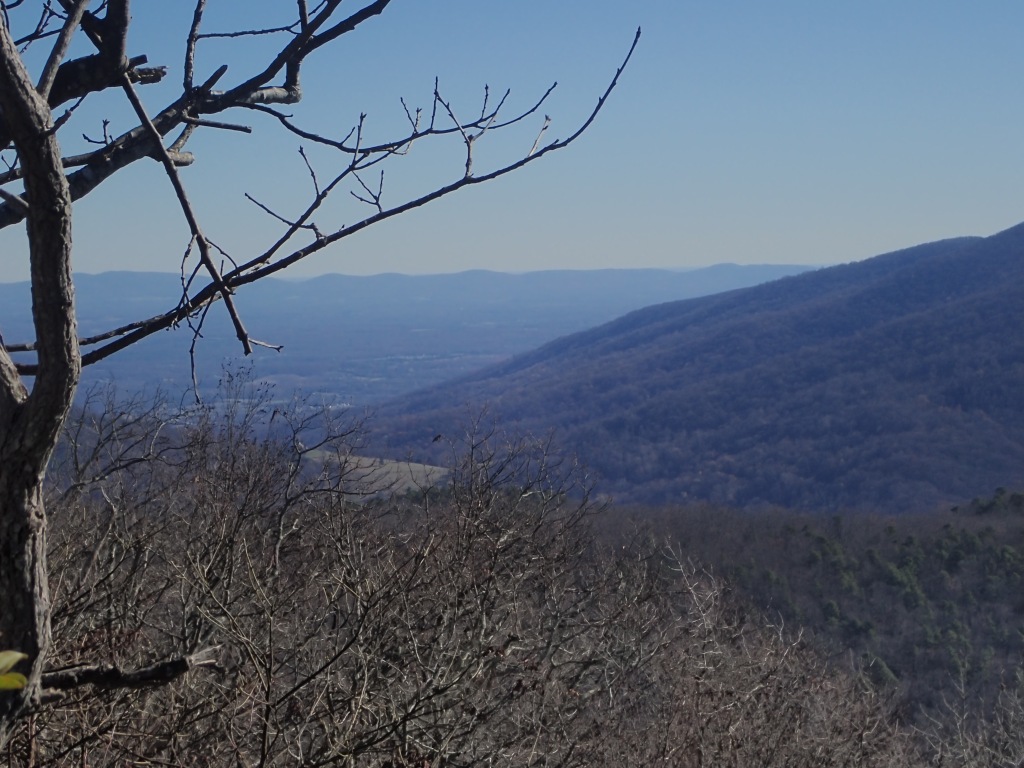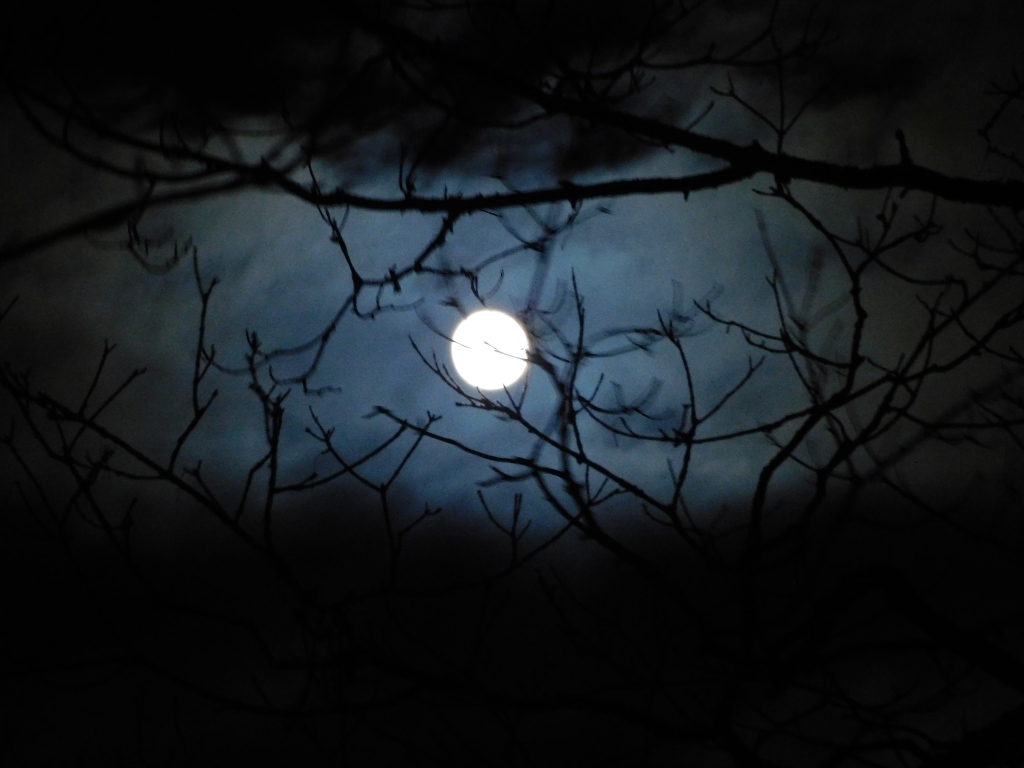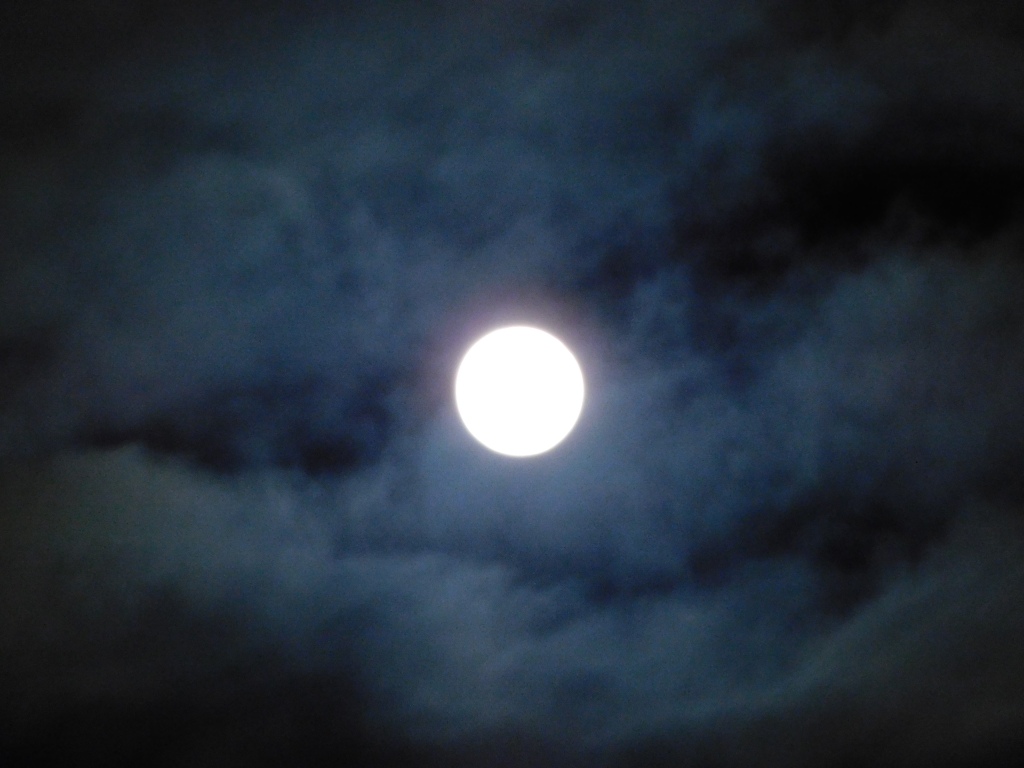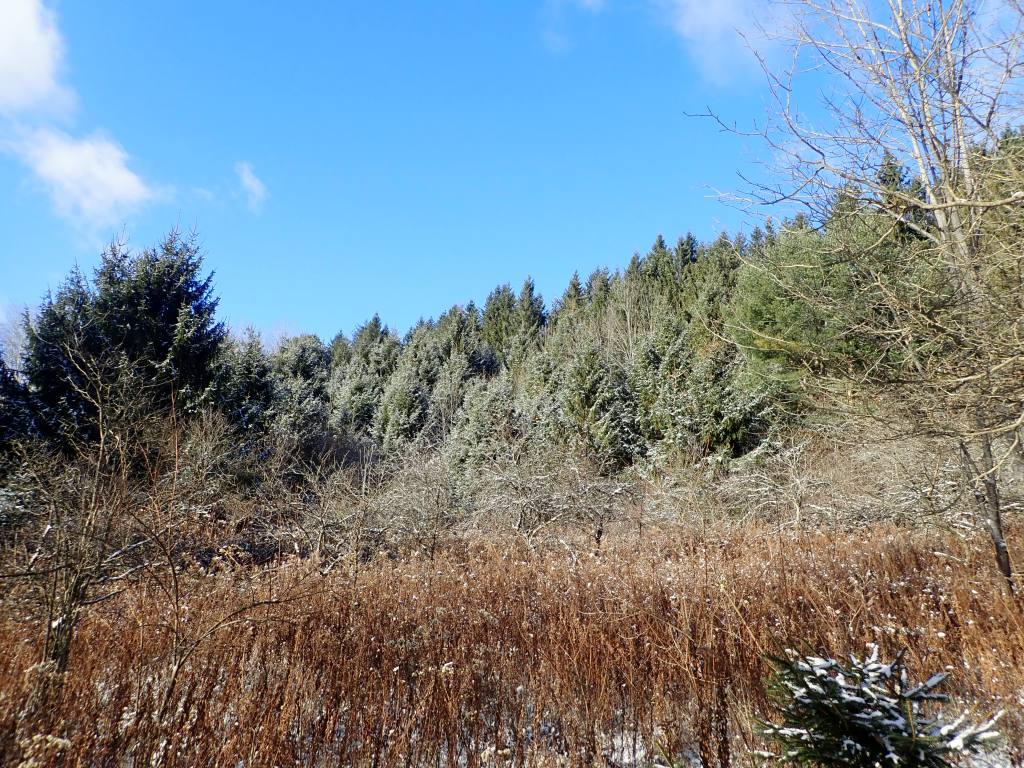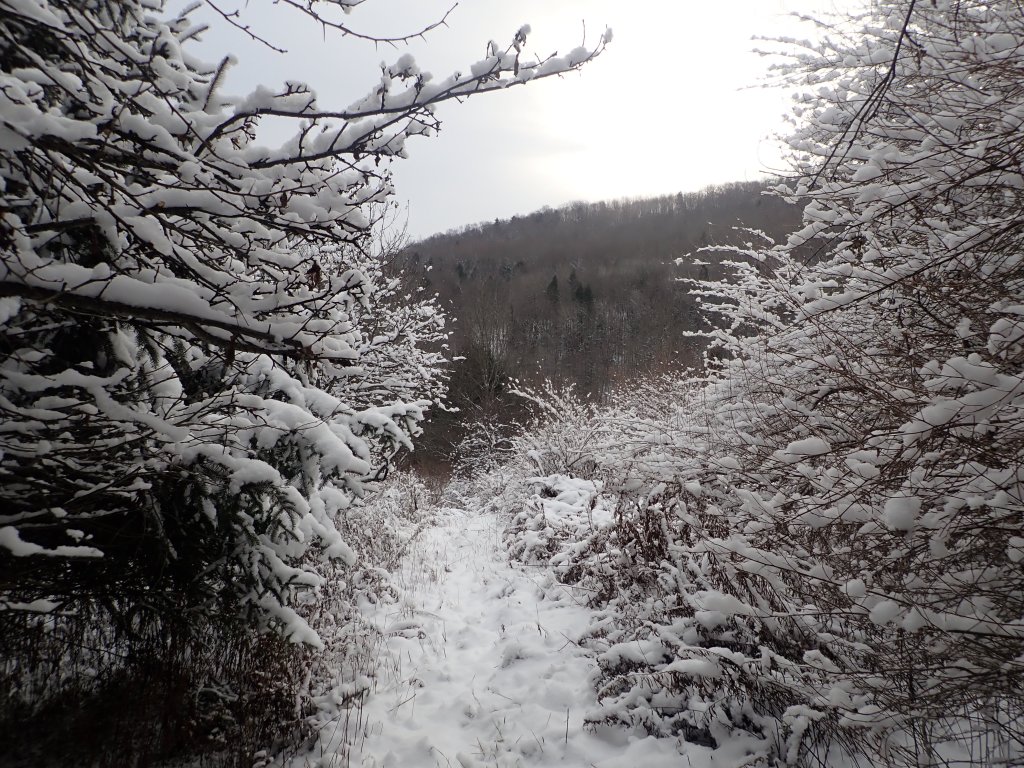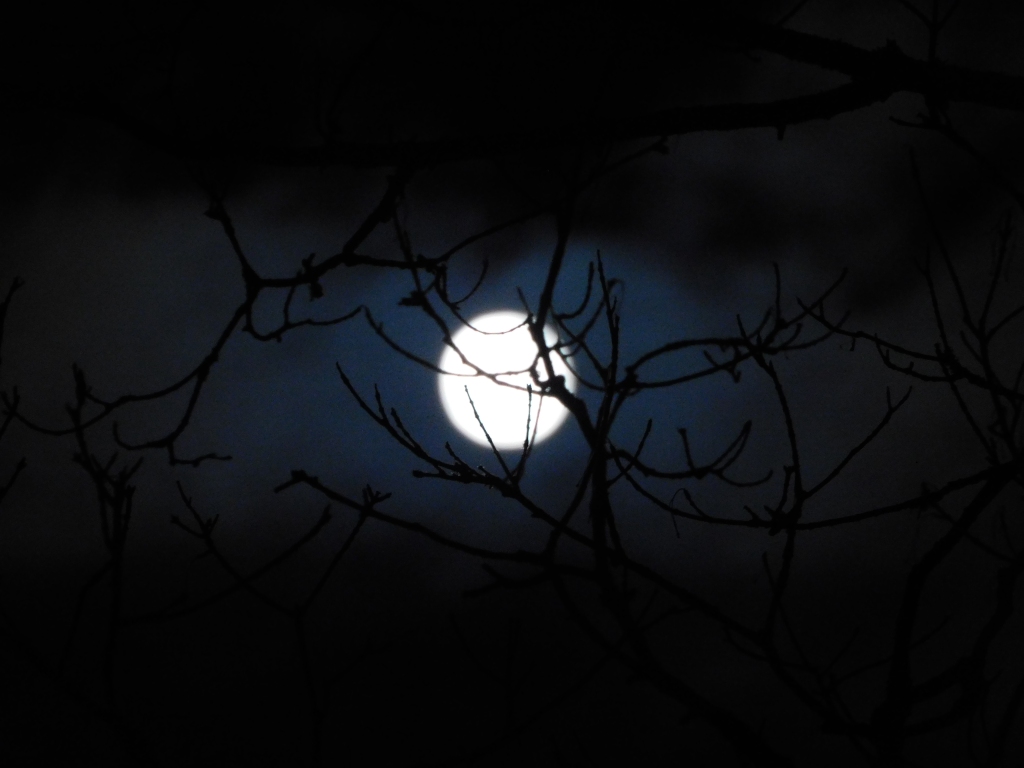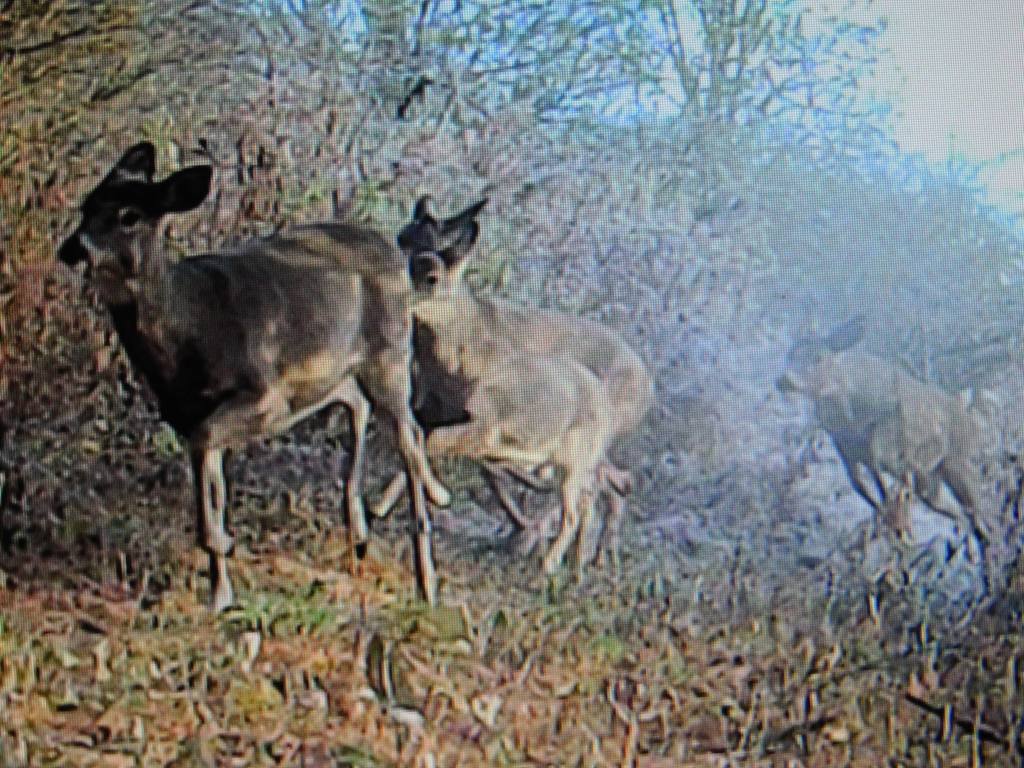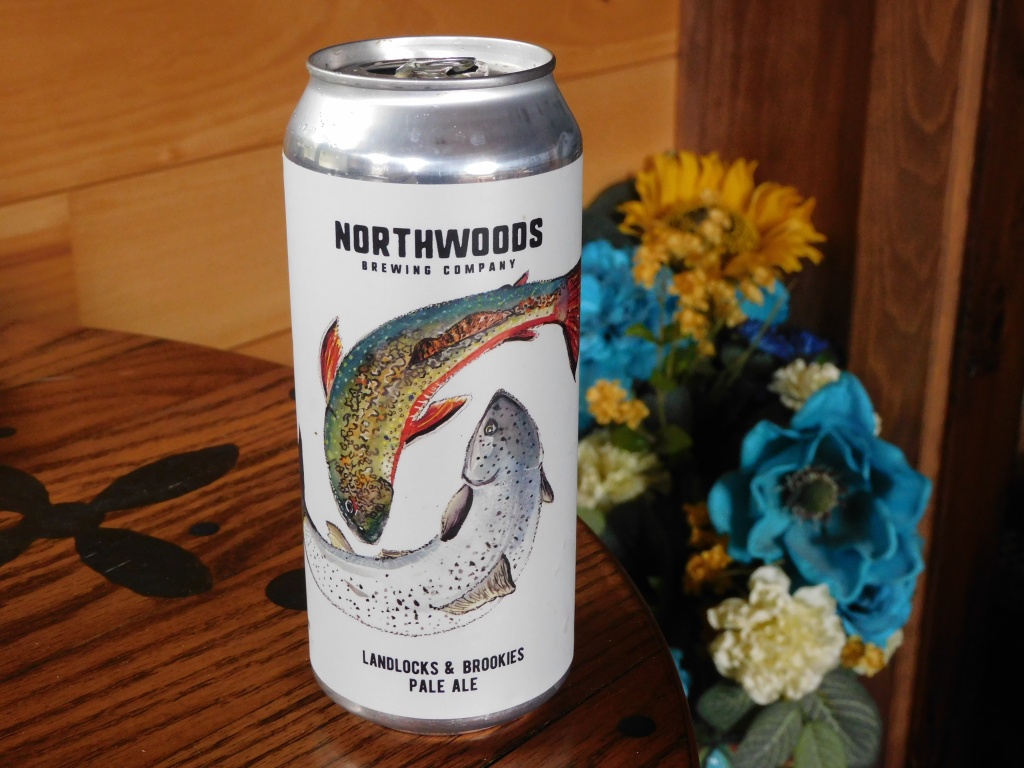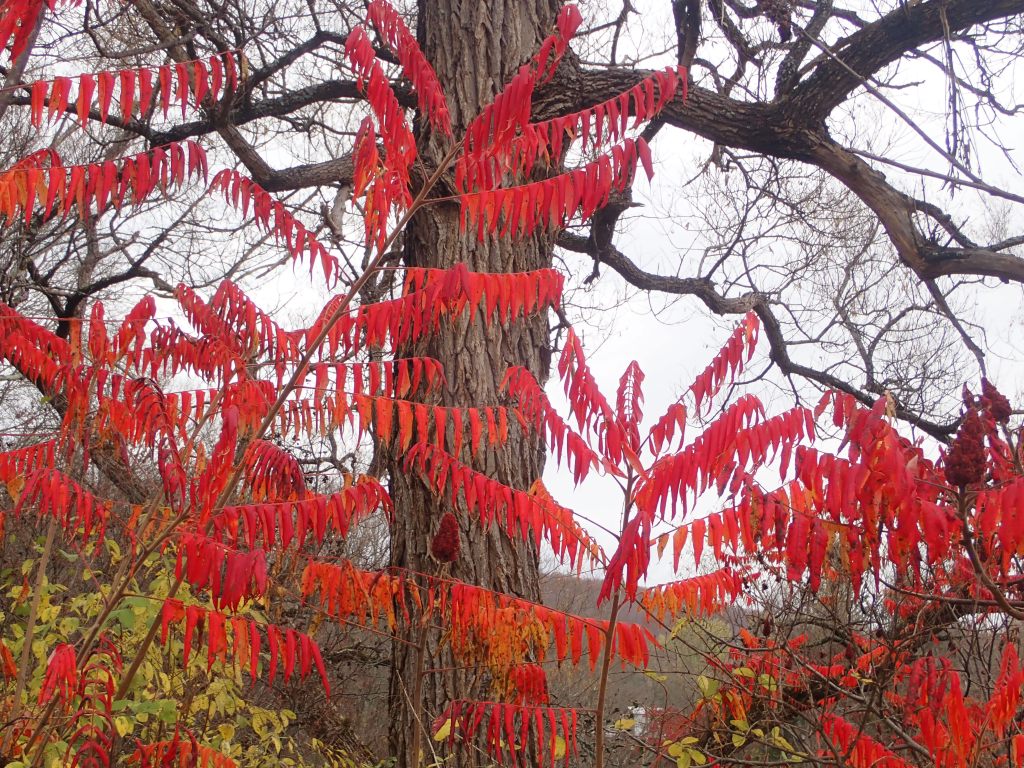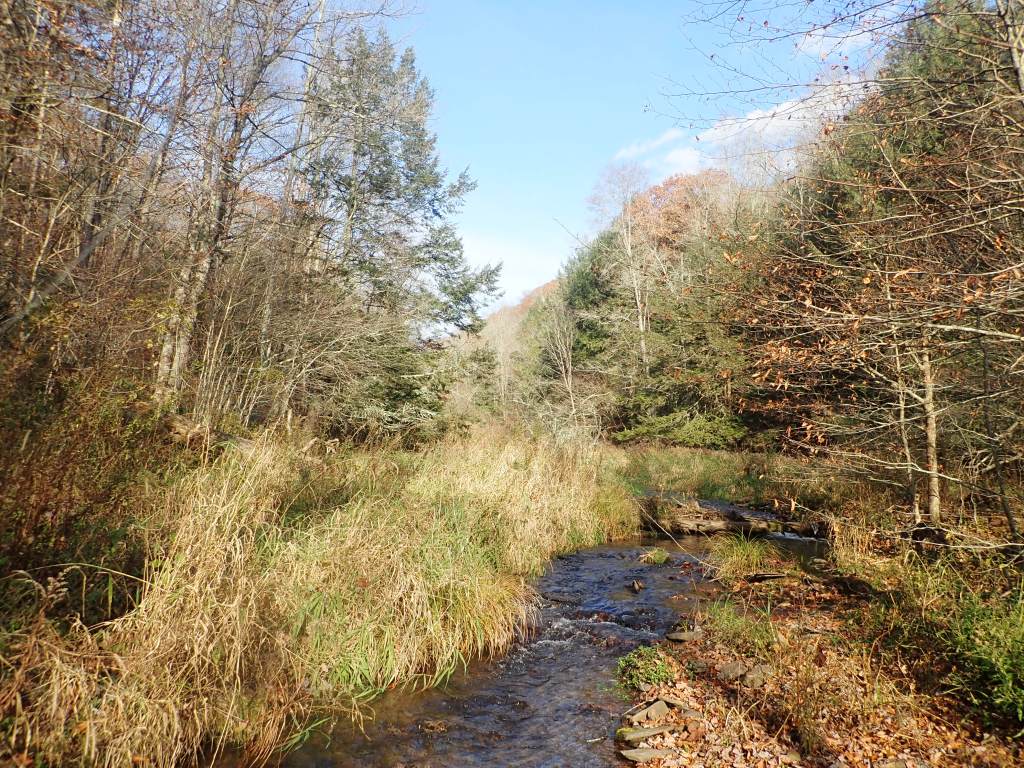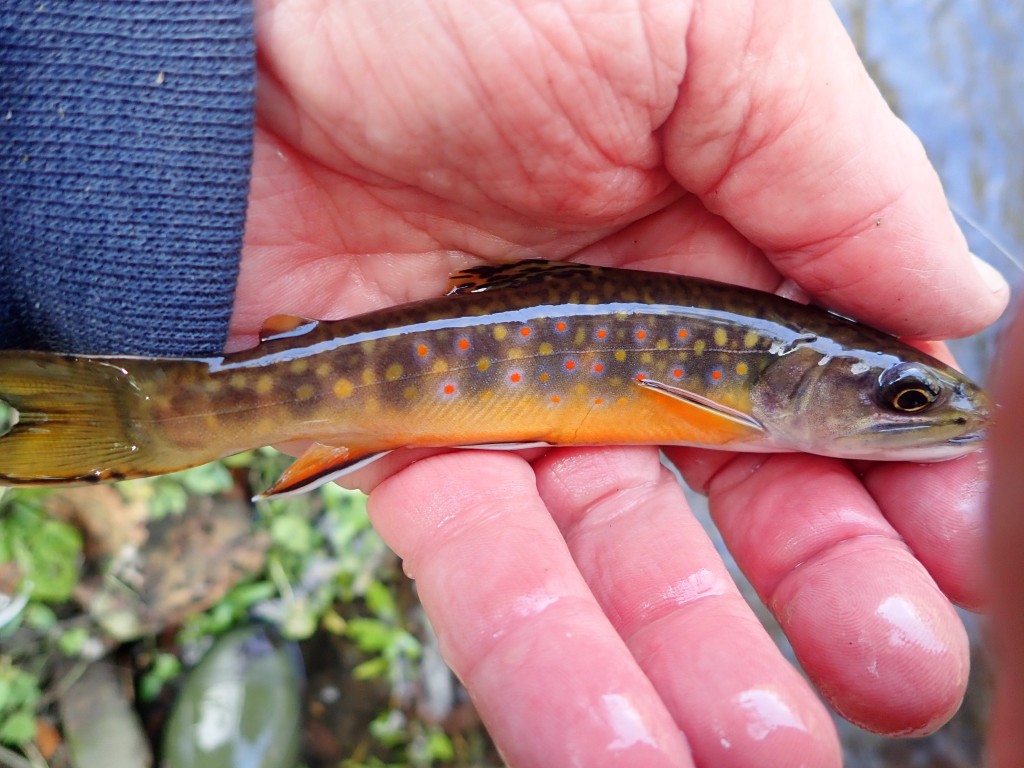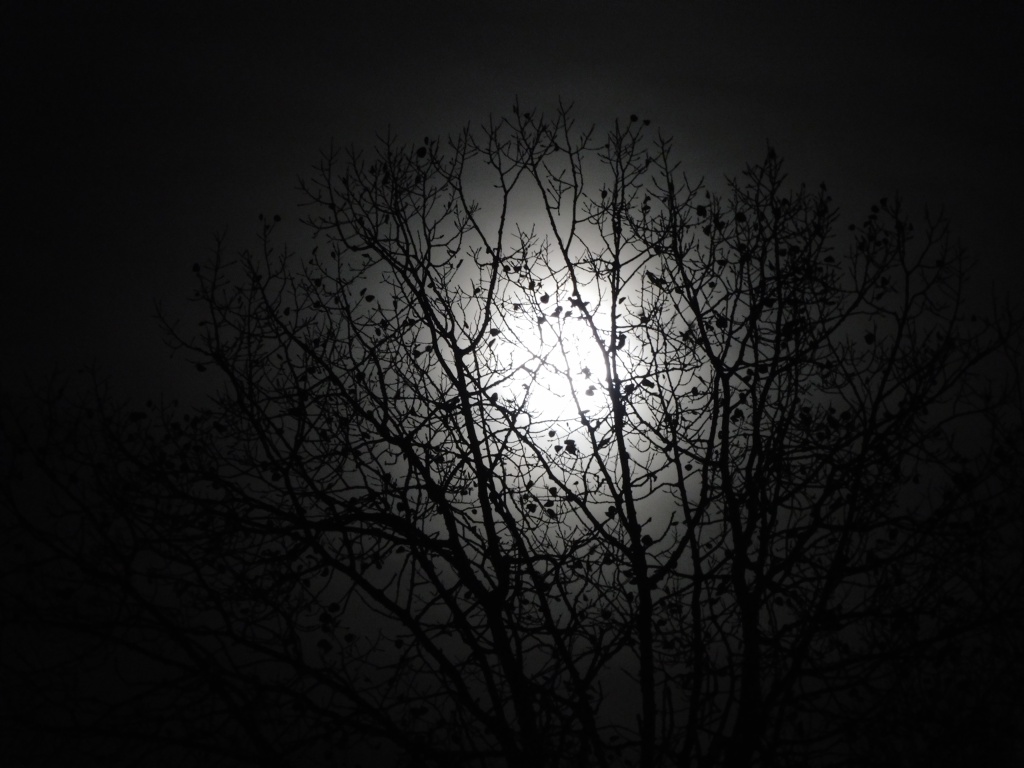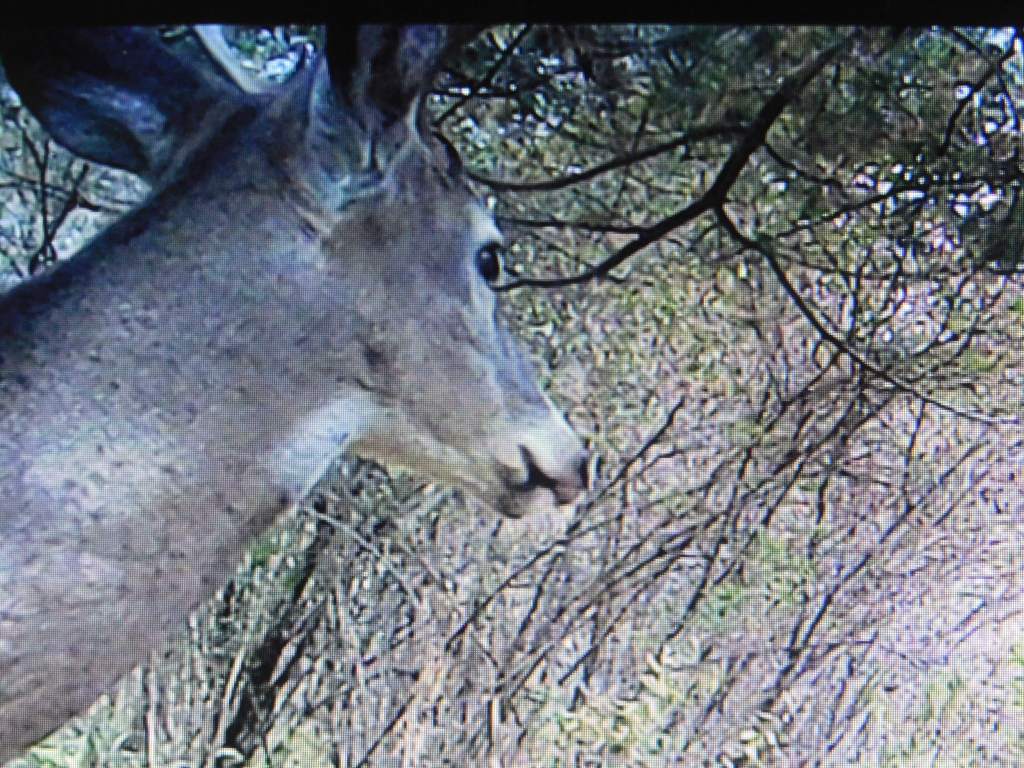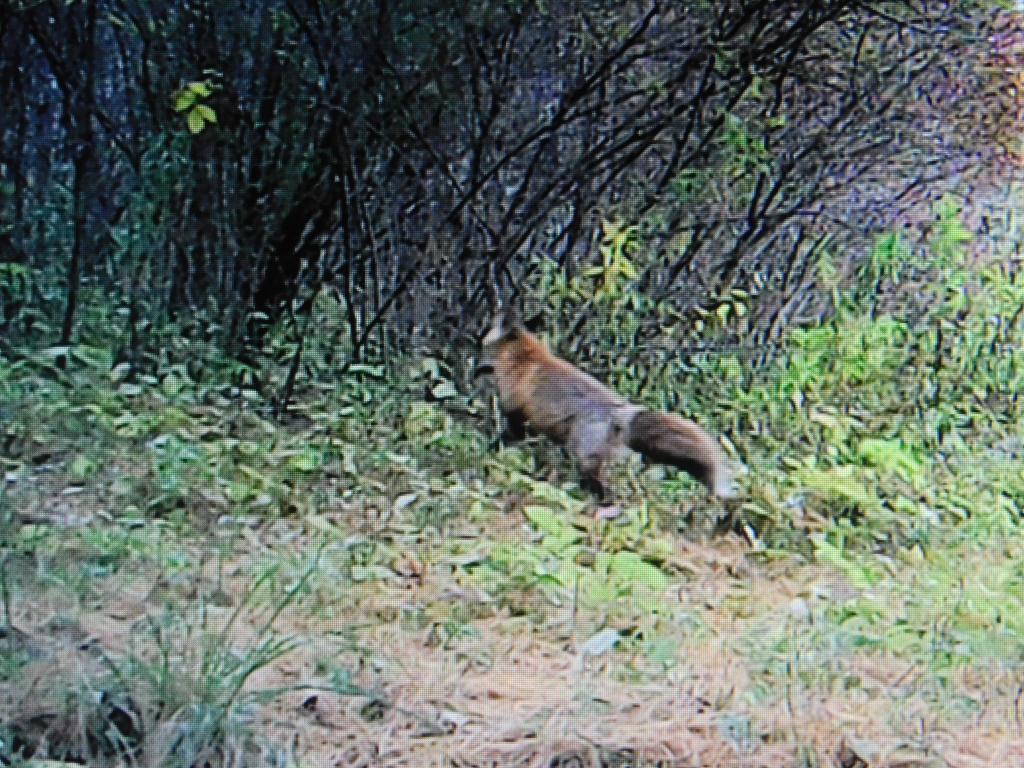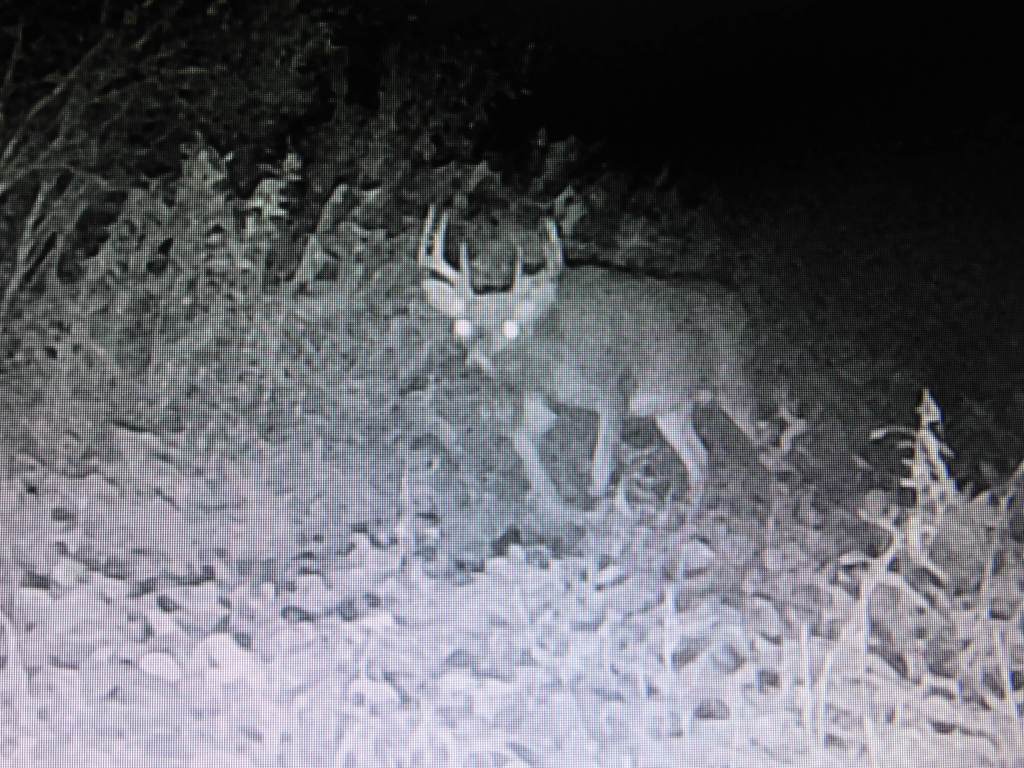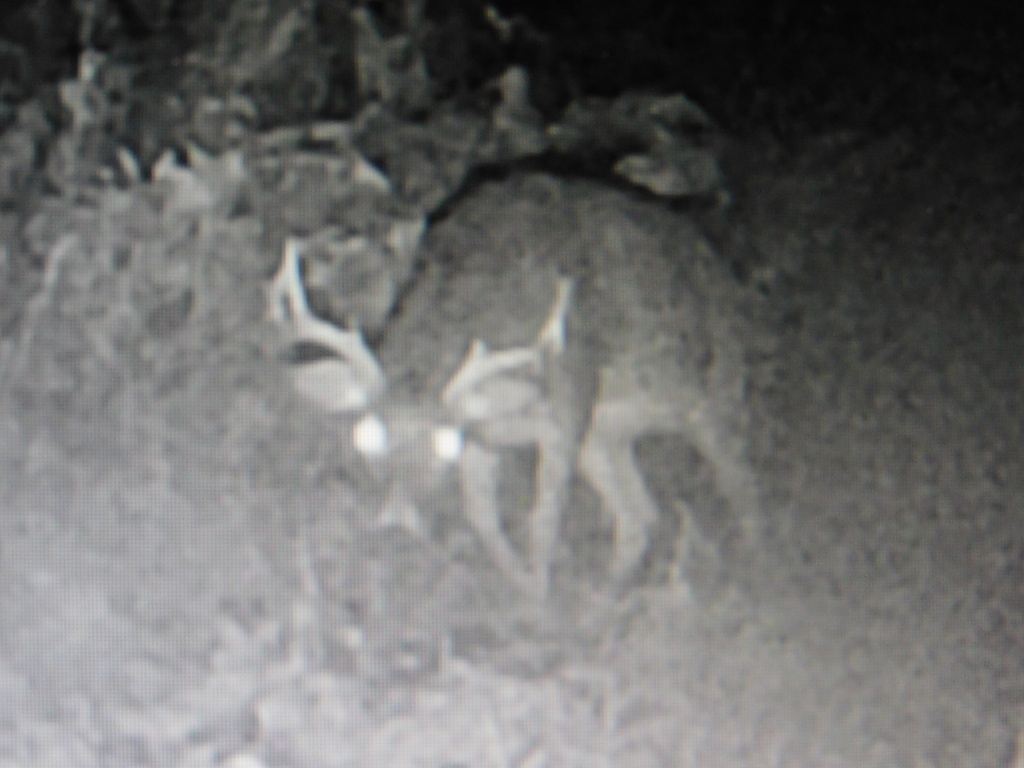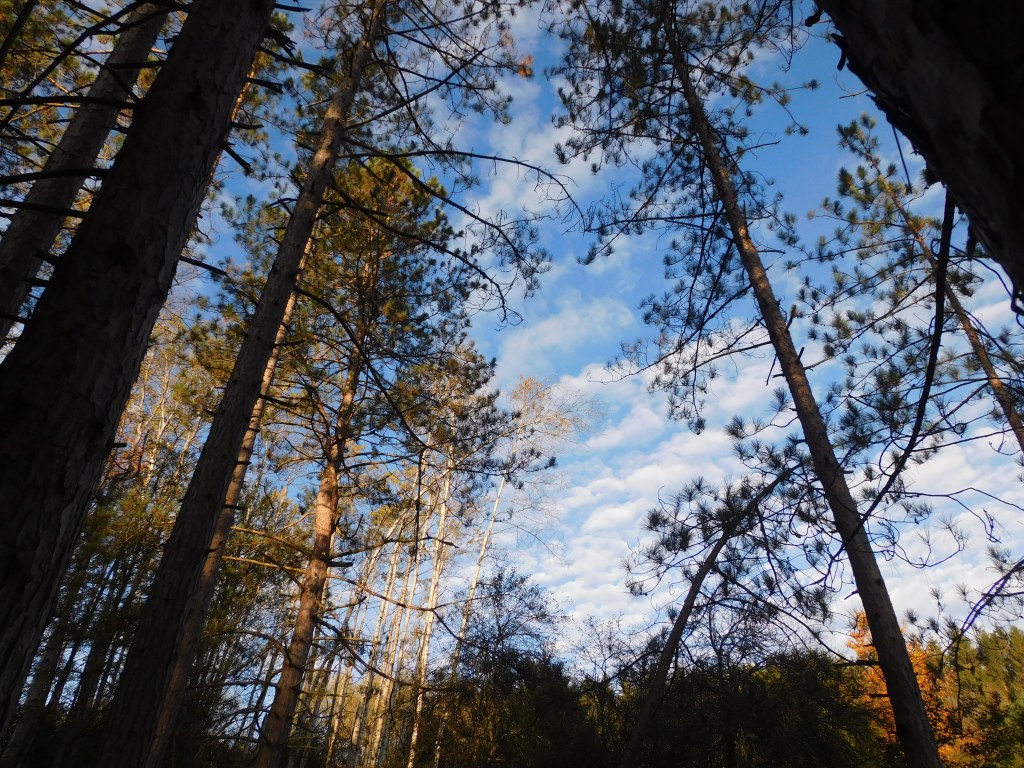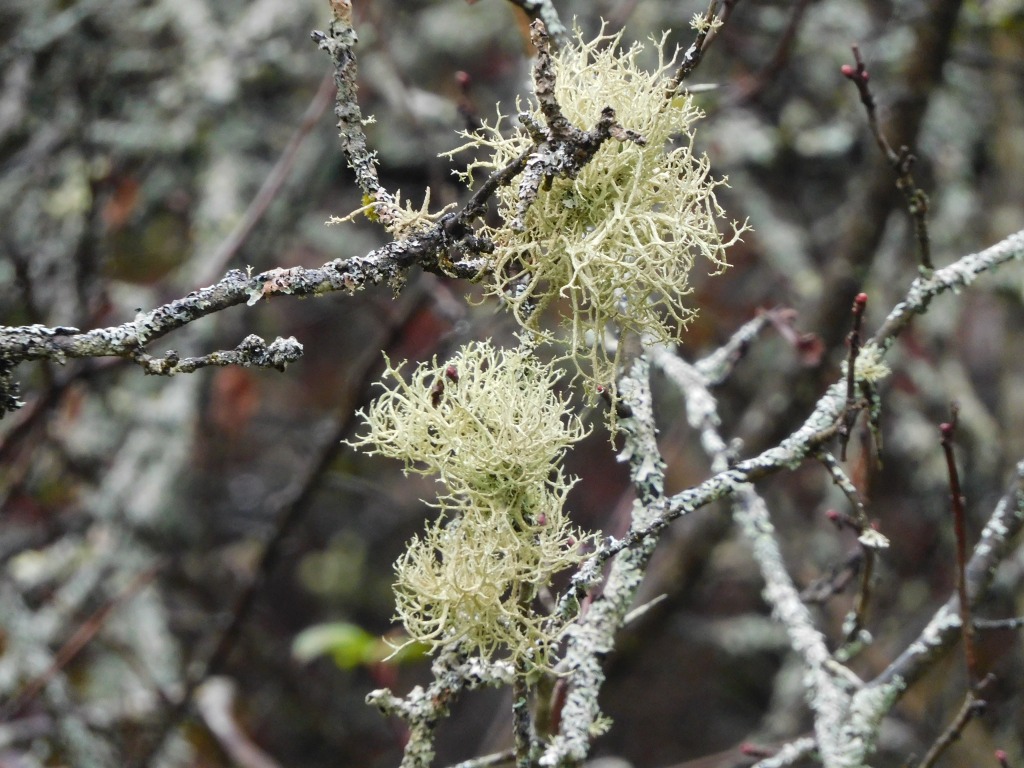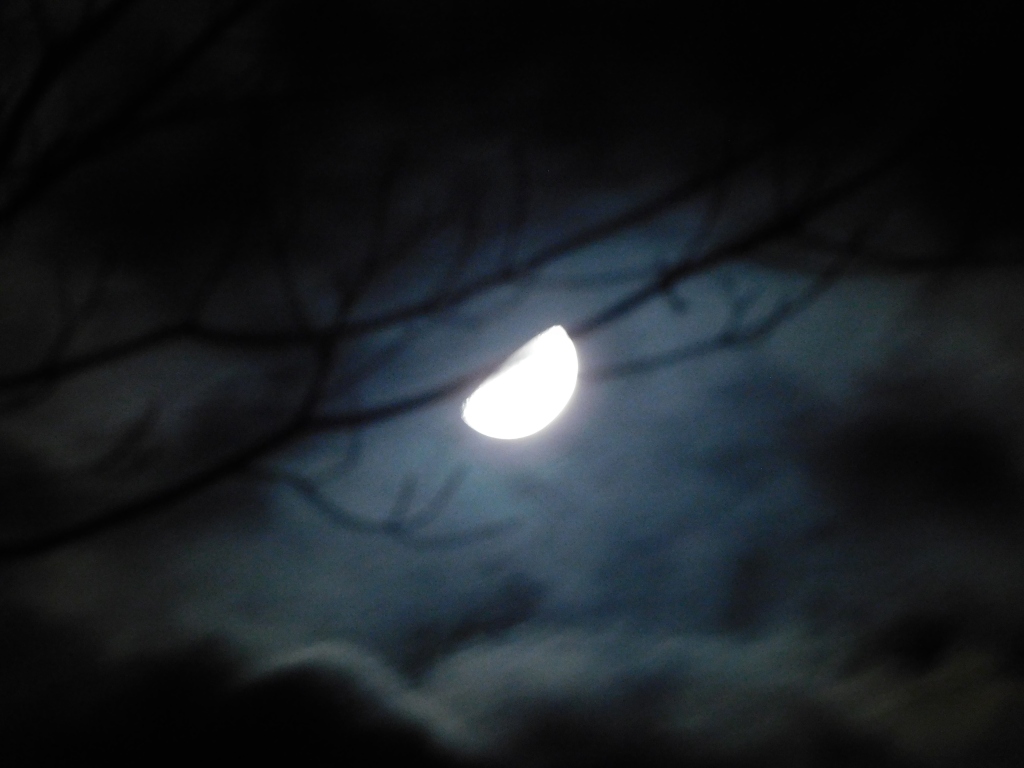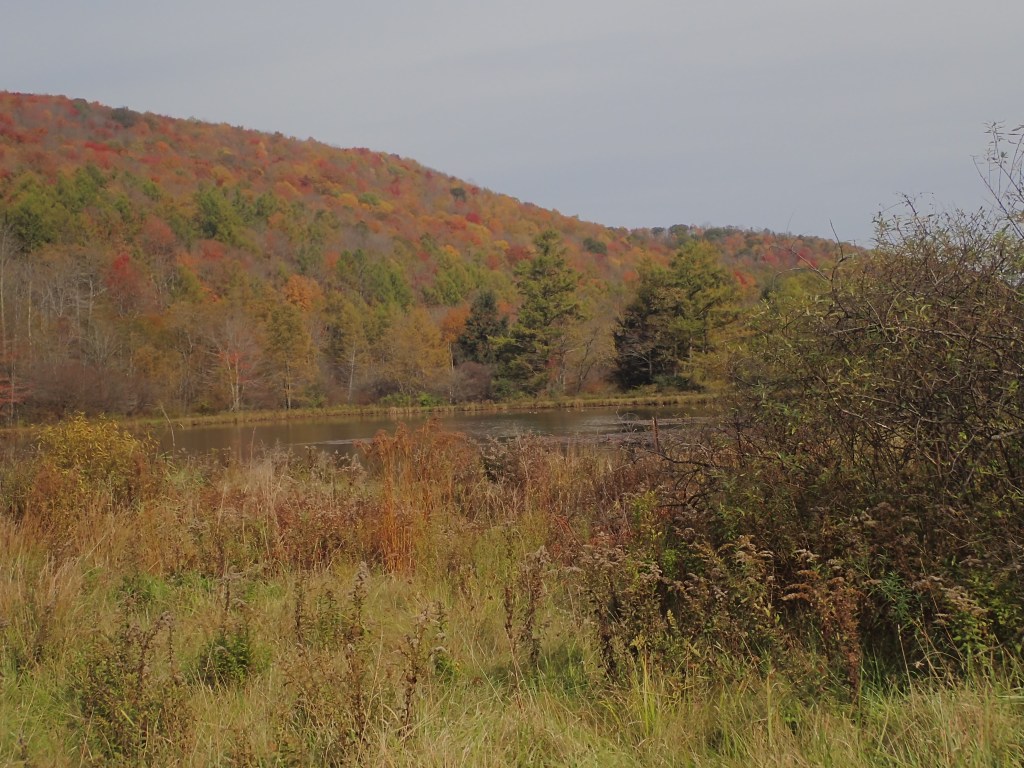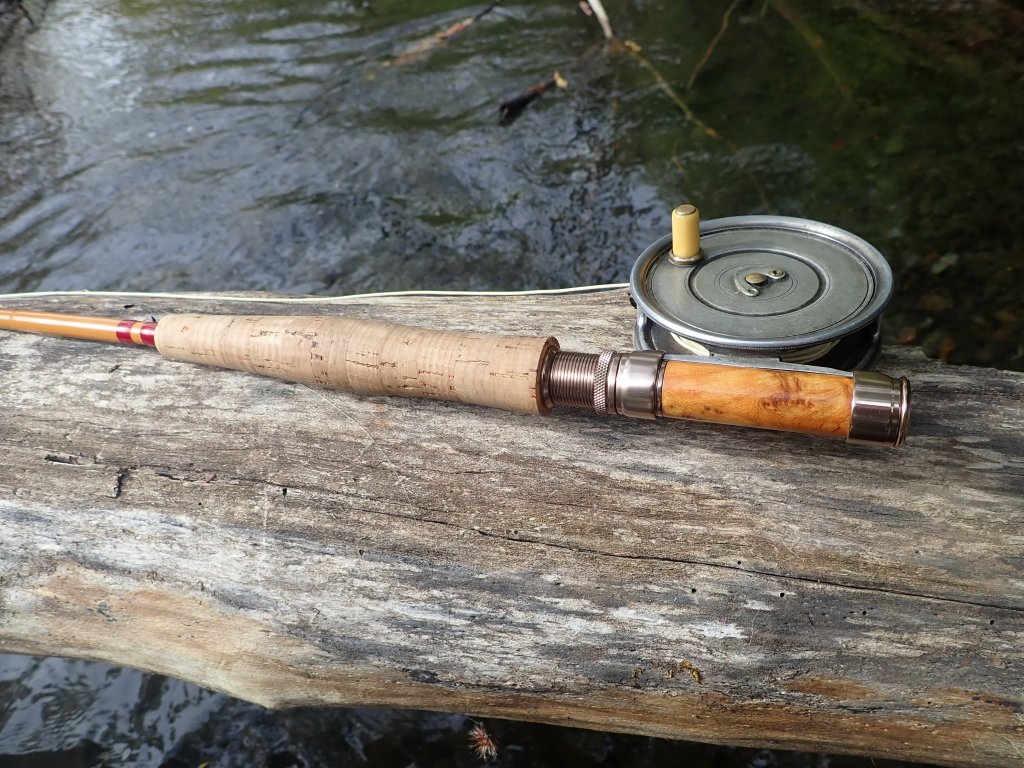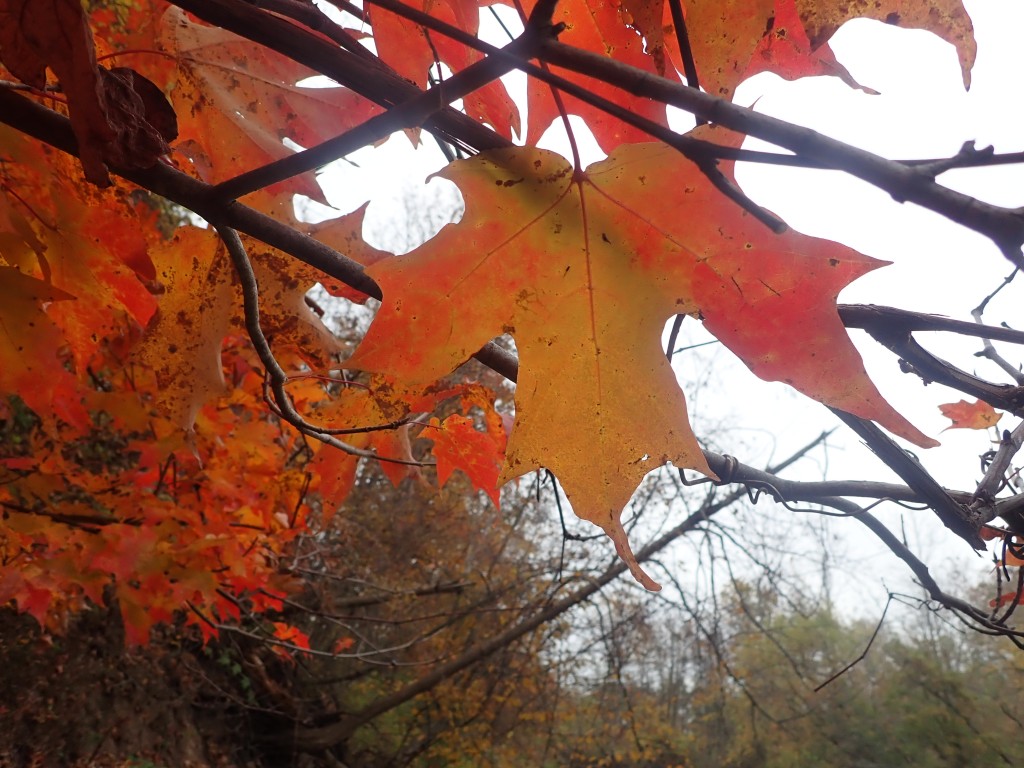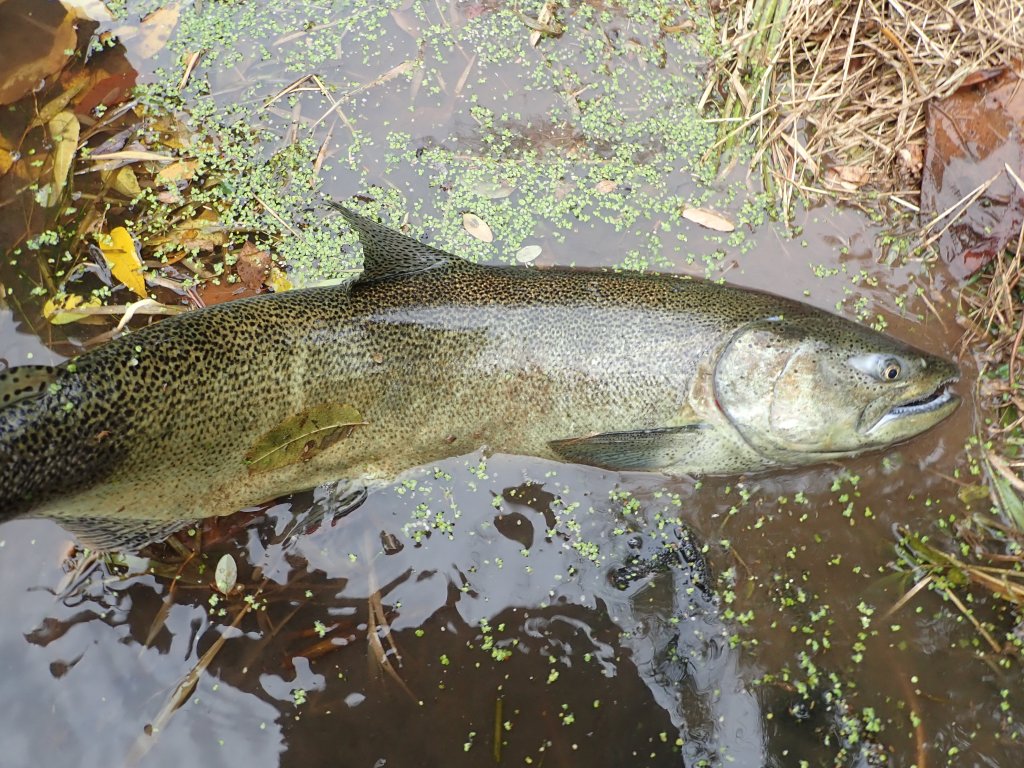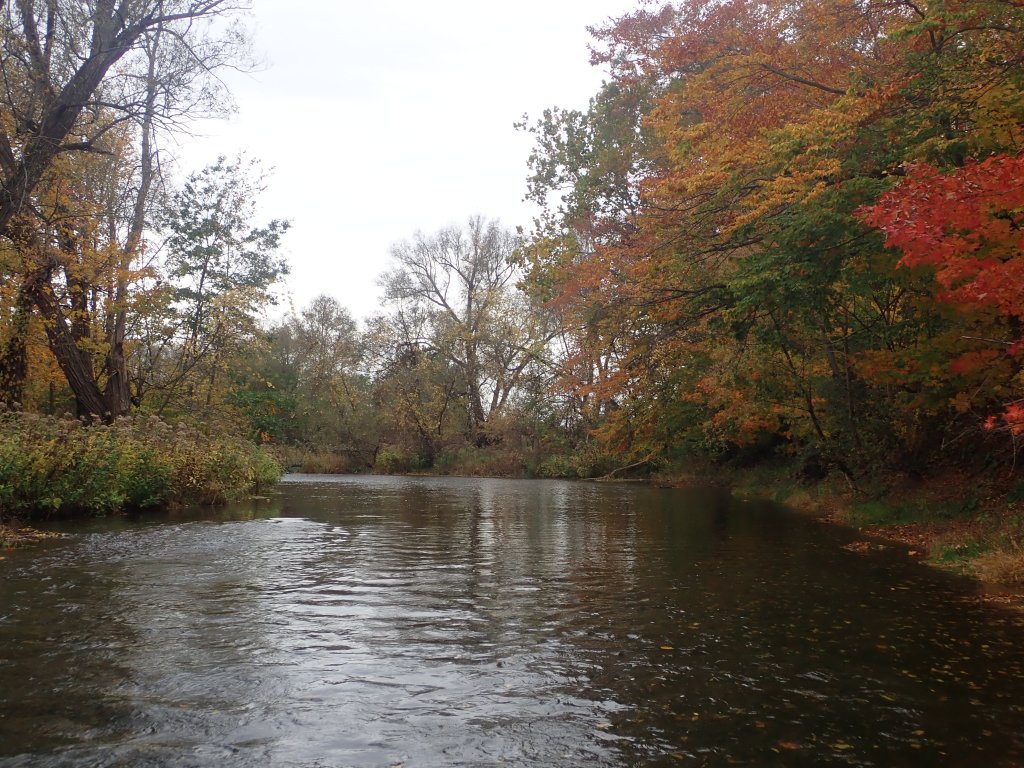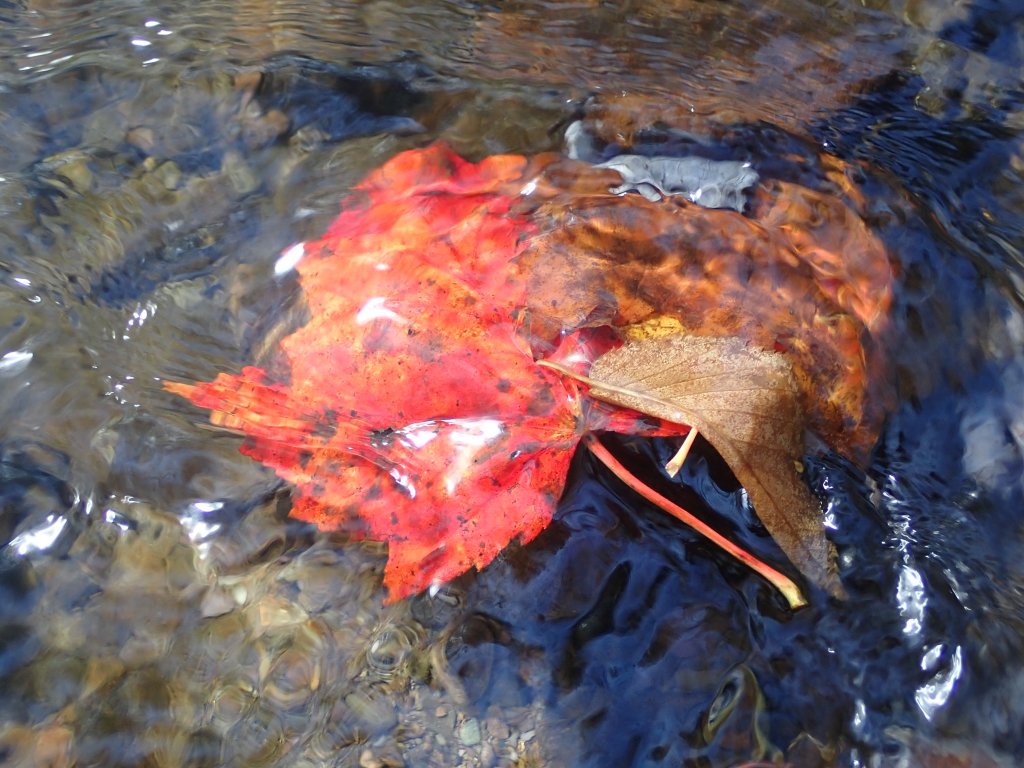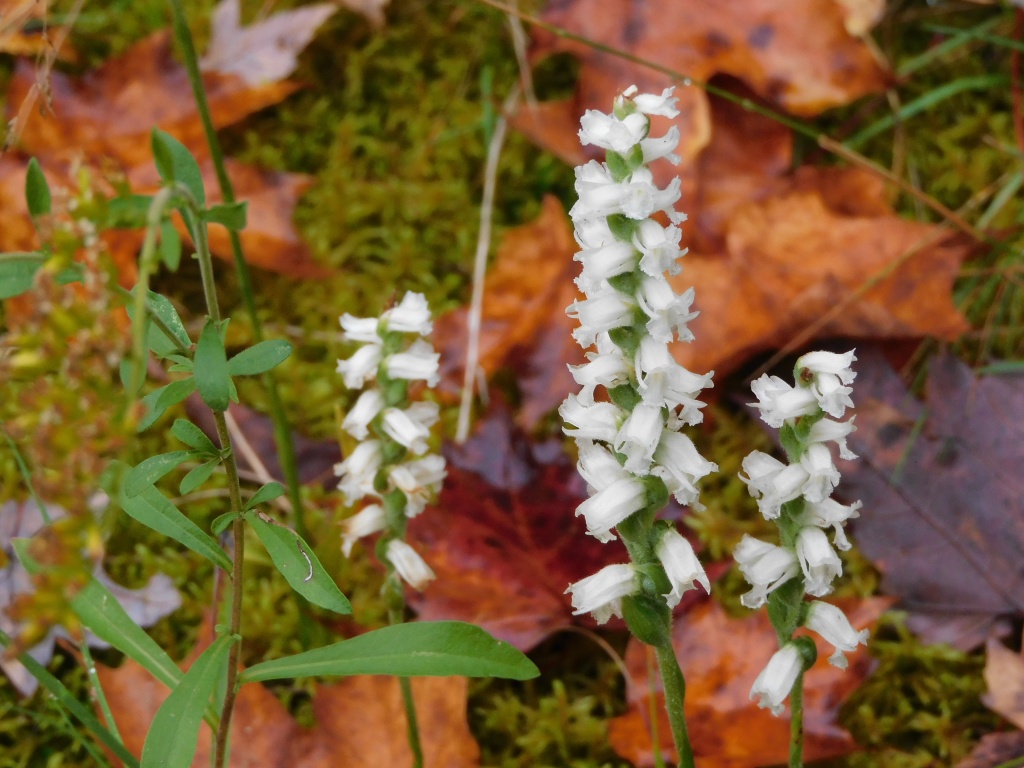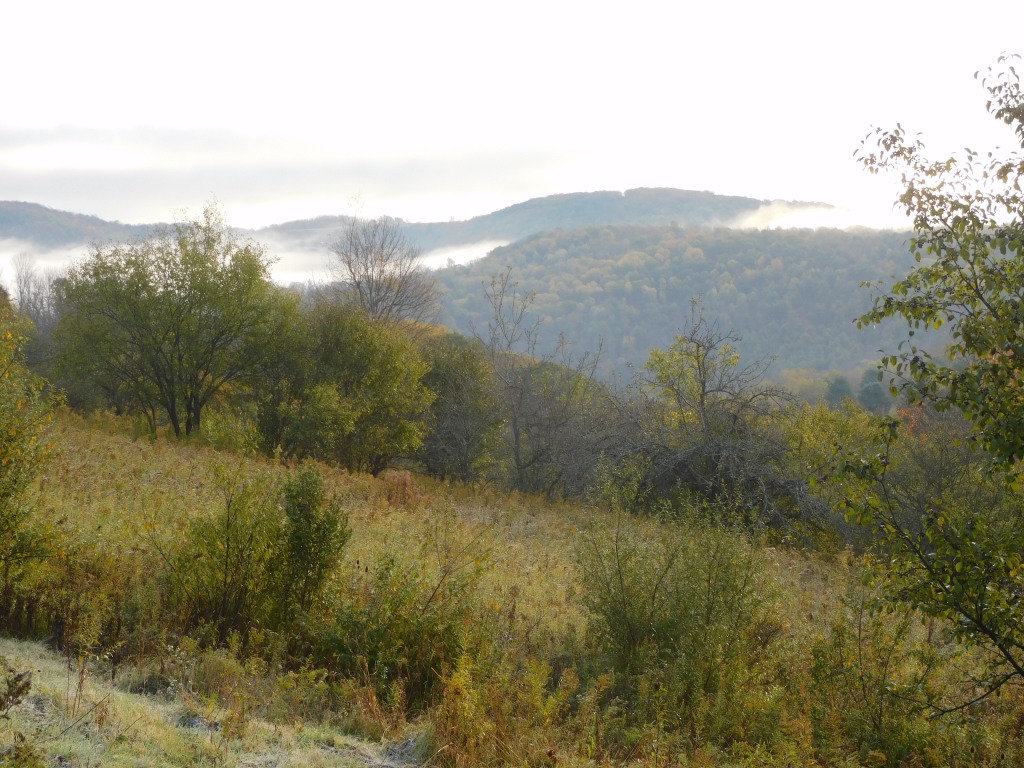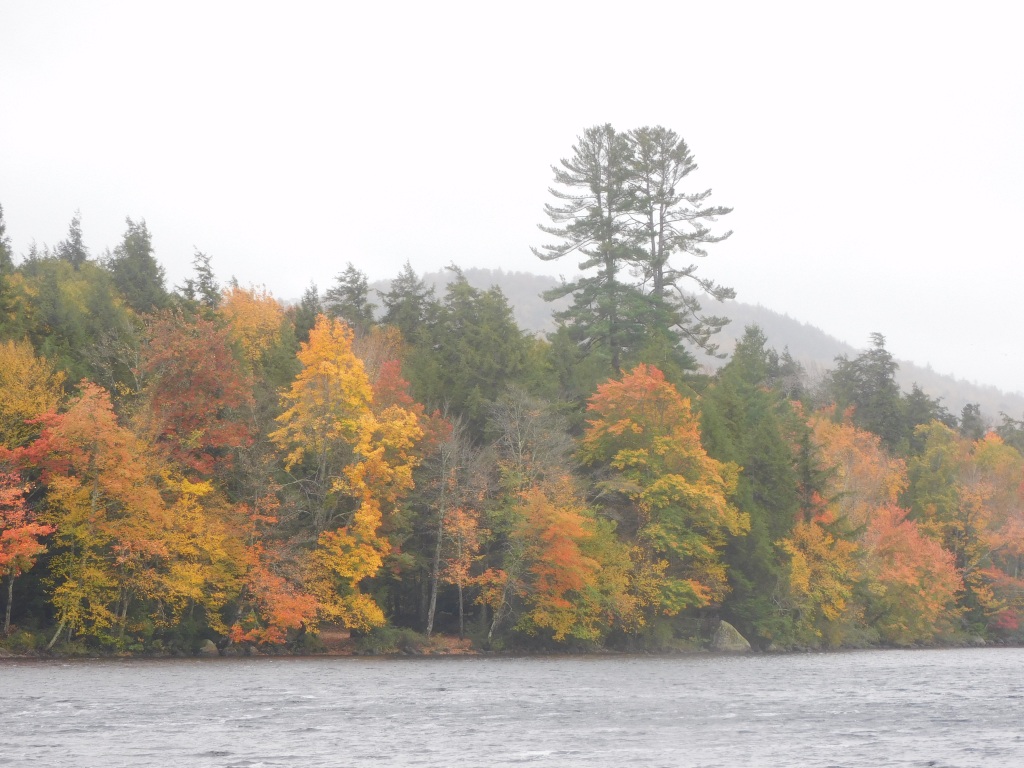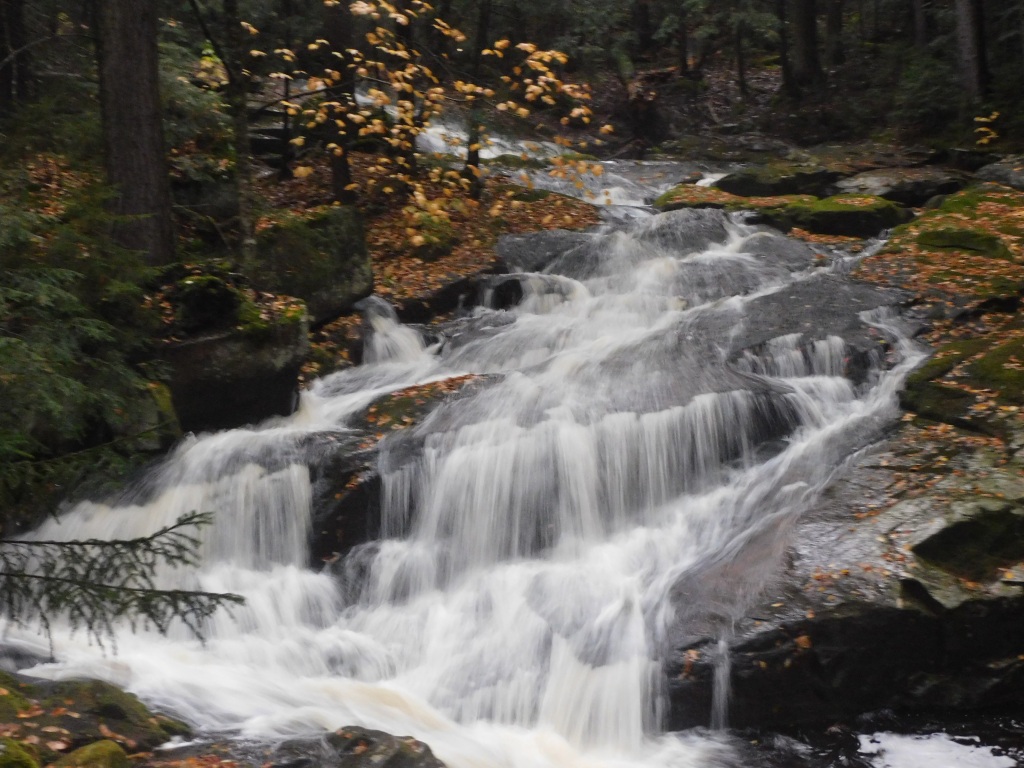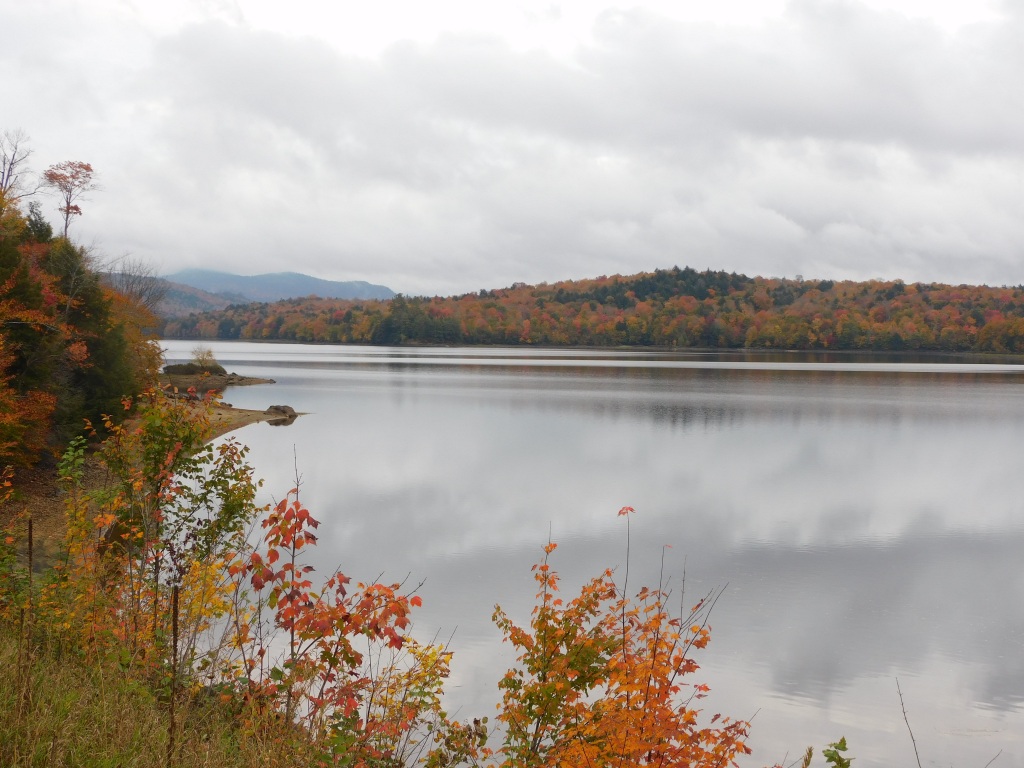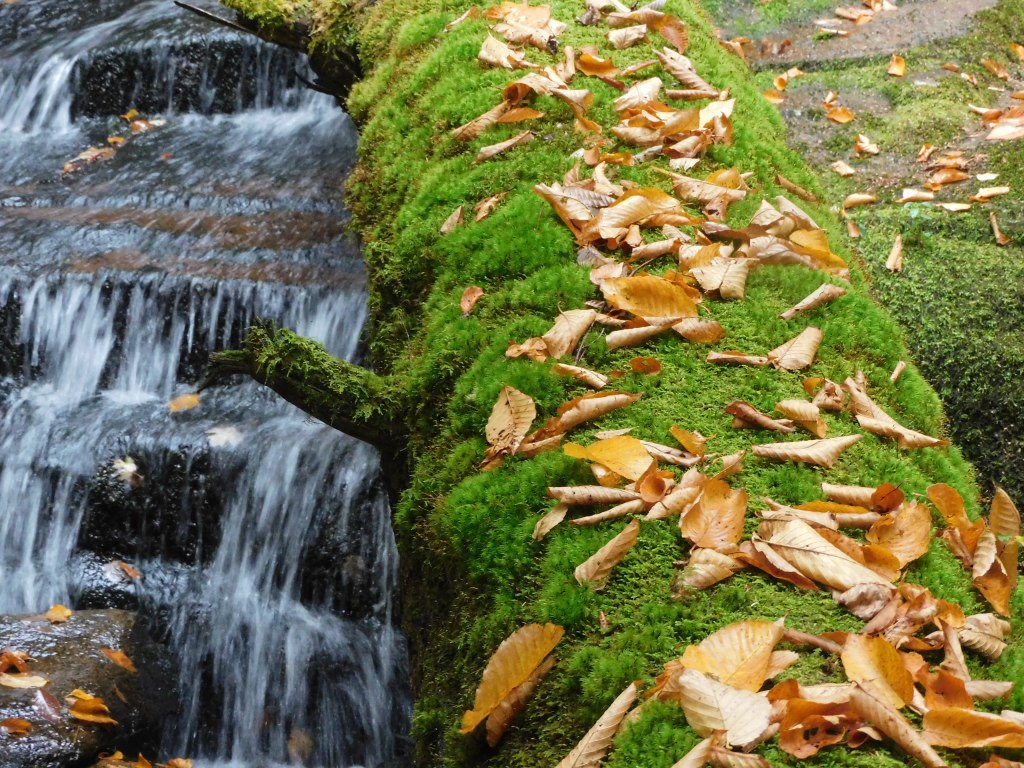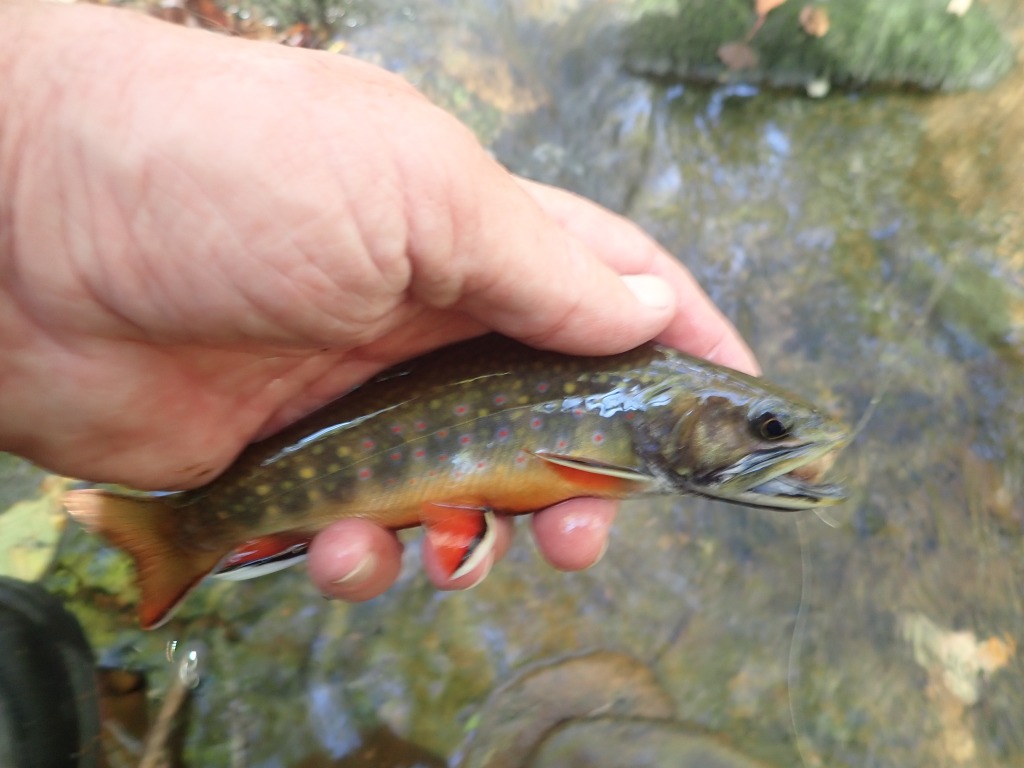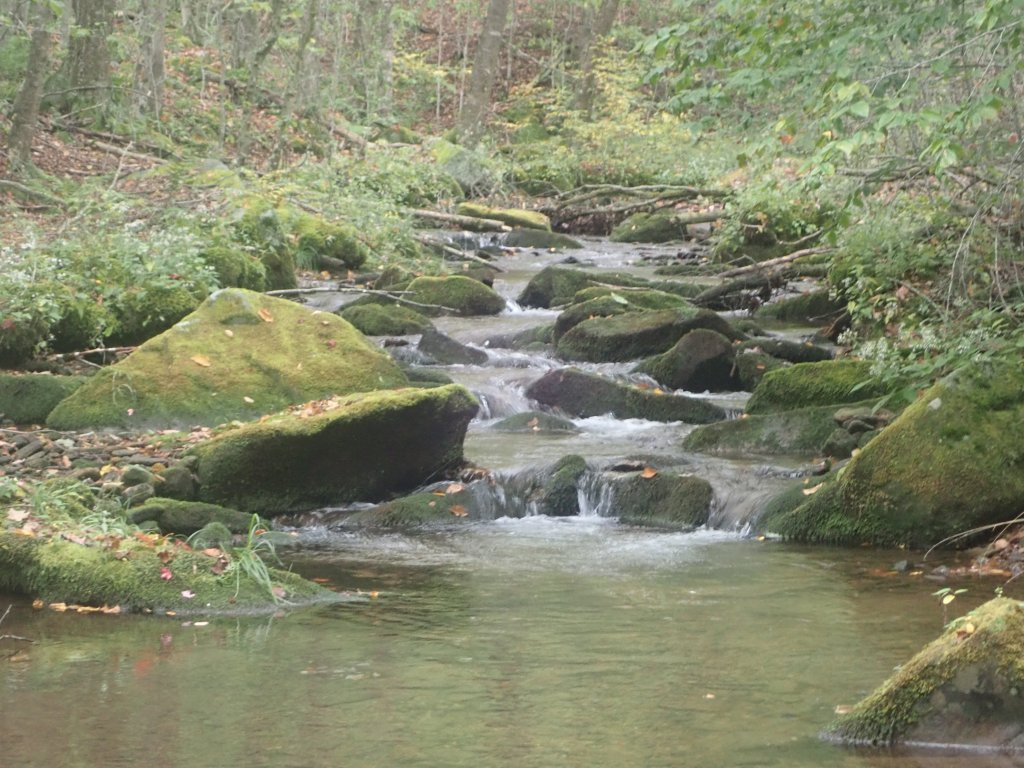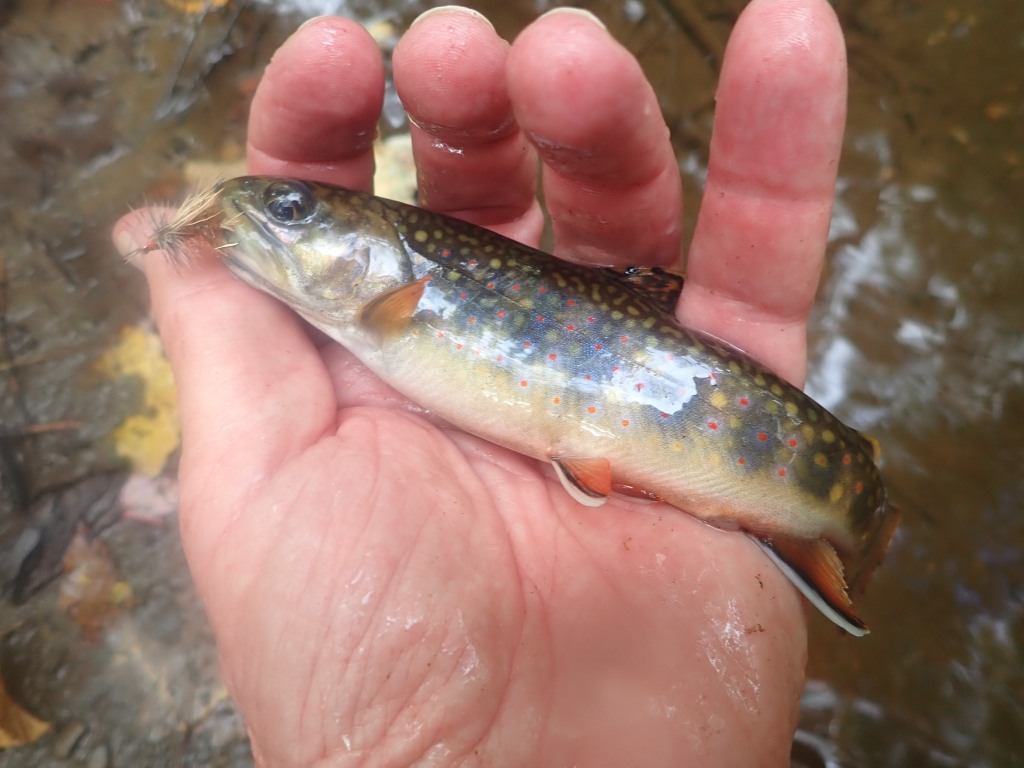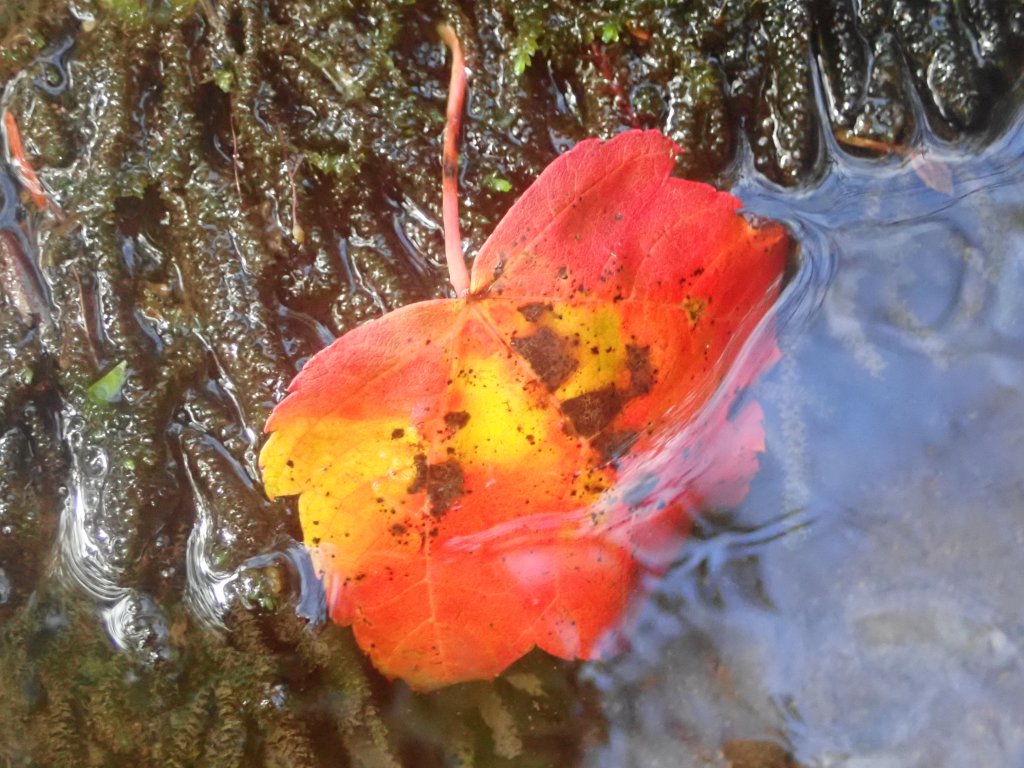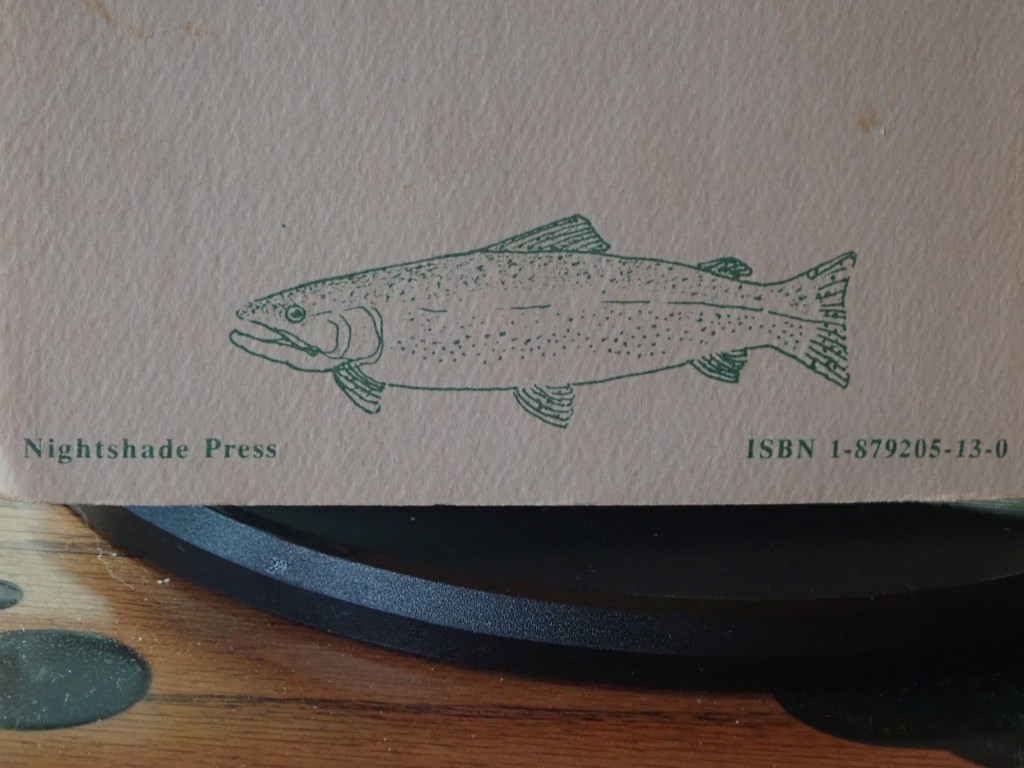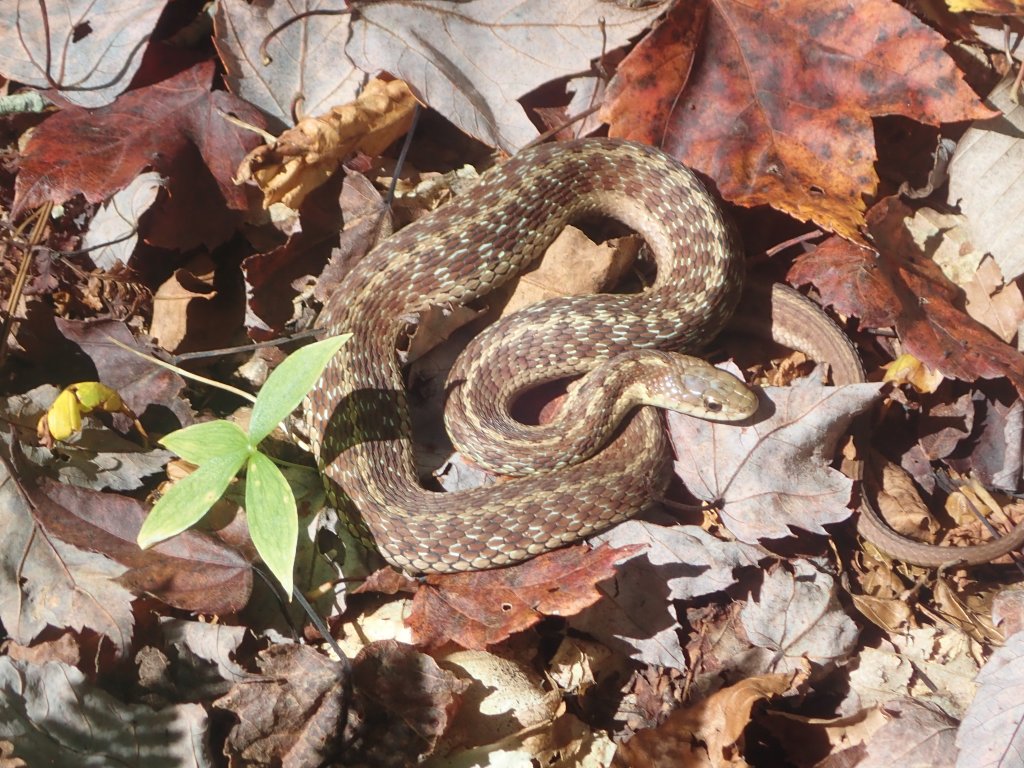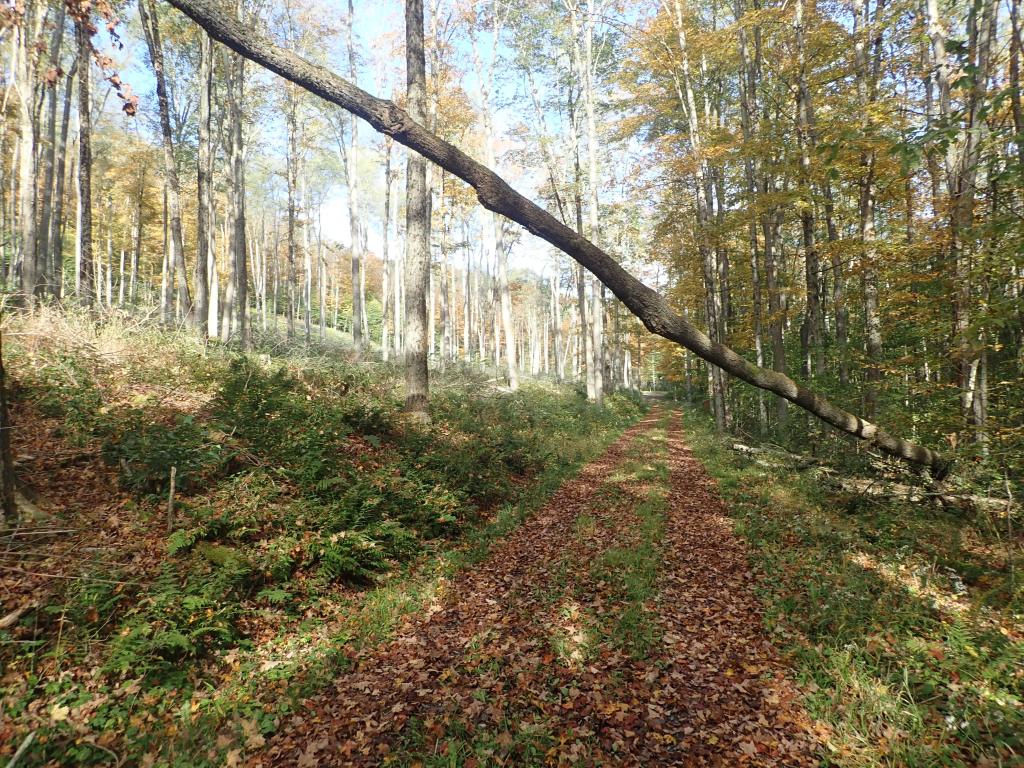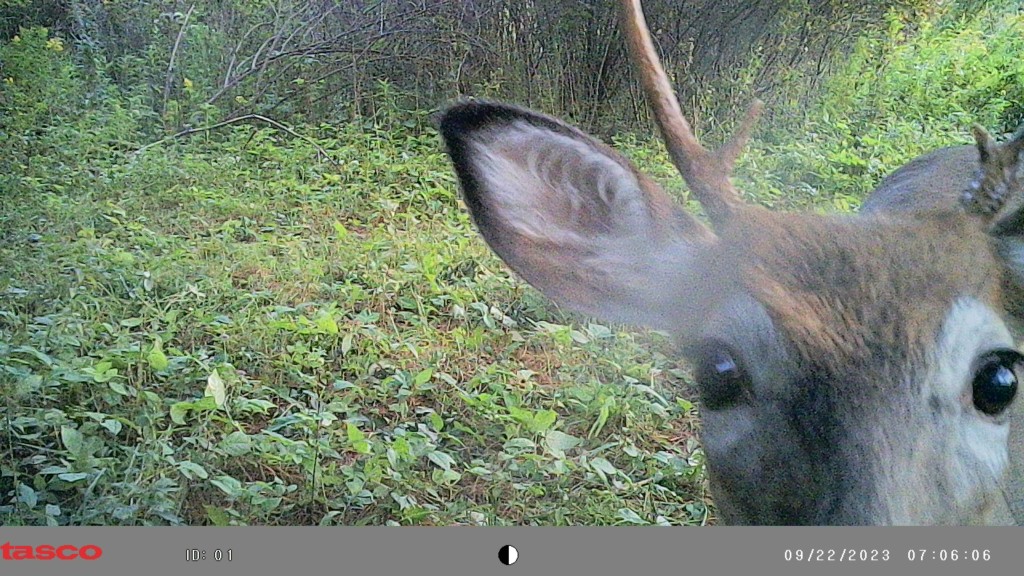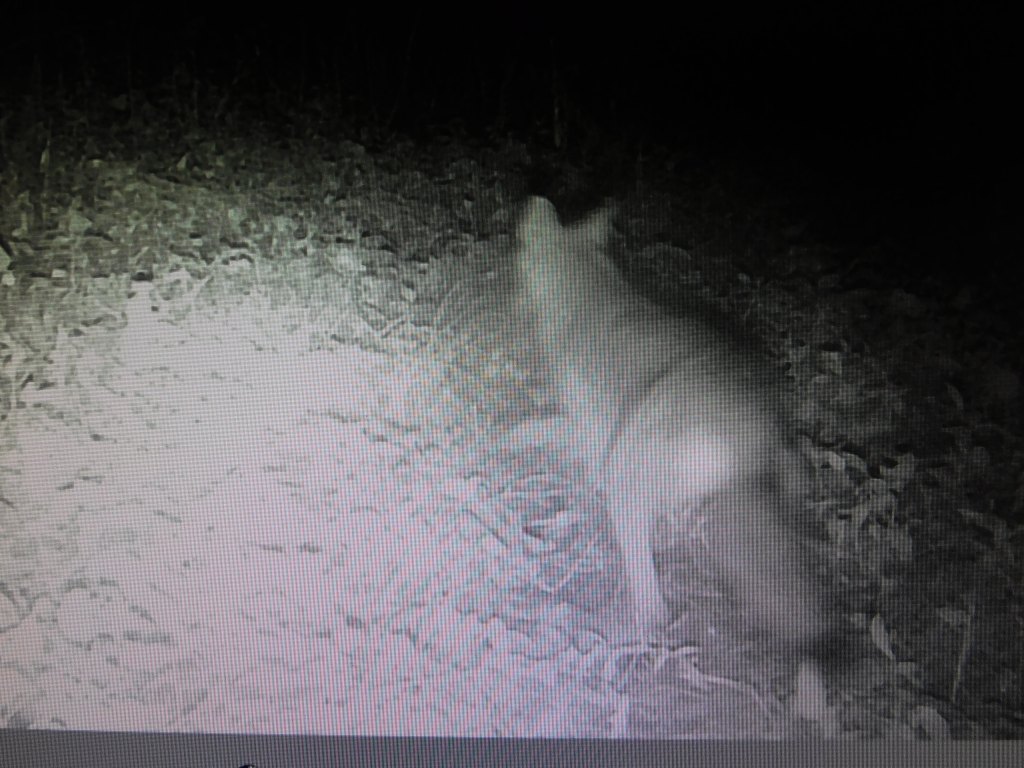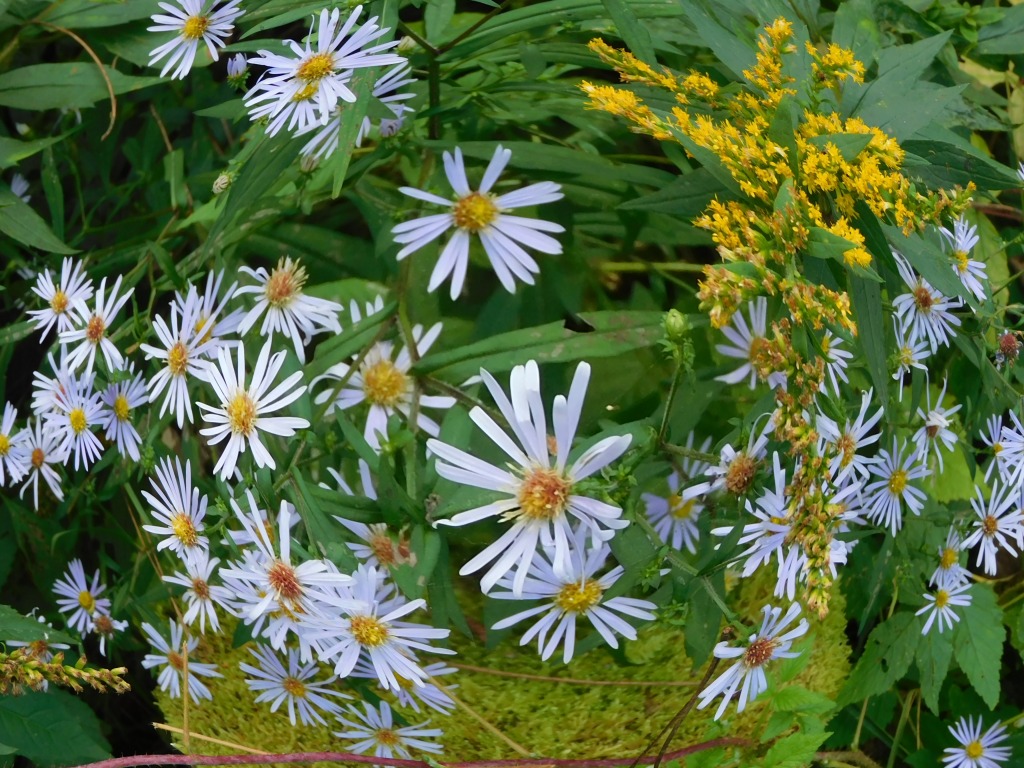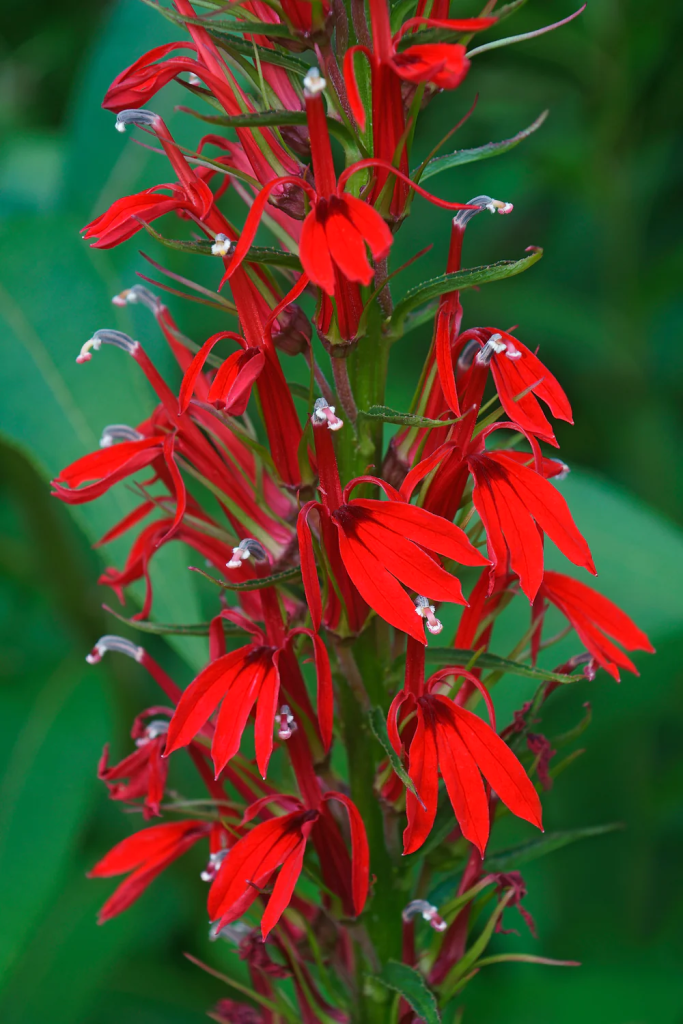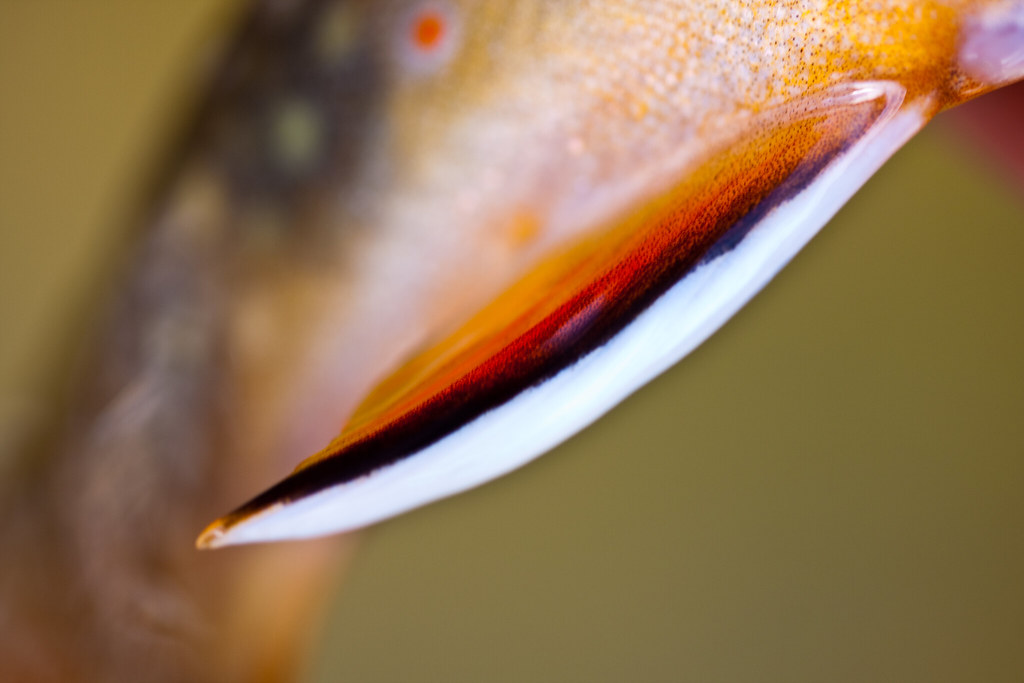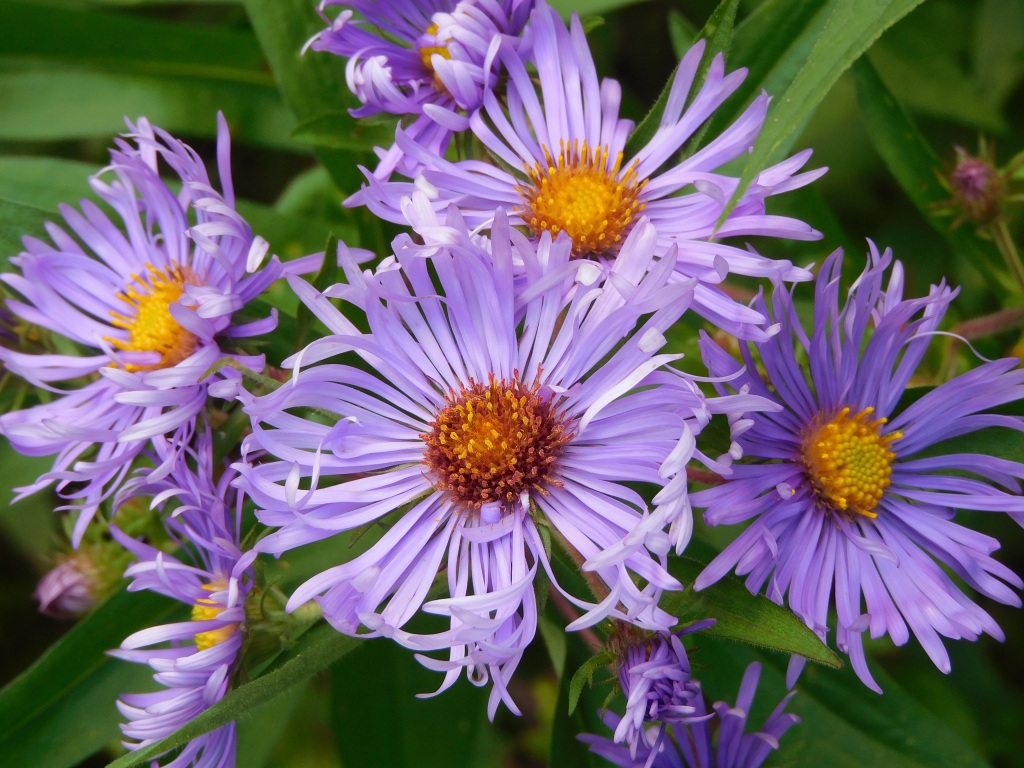1.
It was the end of April, and I fished the Founders’ Rod for lake trout at the northern end of Seneca Lake. The Founders’ Rod is the Slate Run Sportsmen’s Heddon bamboo that once belonged to a founding father of the longstanding Pennsylvania organization and is now passed along to a member who is fortunate enough to win a raffle at the annual spring meeting of the group. I never win a raffle, but Leighanne is good at it, and she won the rod for another year. Since my wife still loves me after 42 years of blissful marriage (she might object to my use of adjectives), she allows me to use the fine bamboo wand, the one and only Founders’ Rod, the same three-piece Heddon Peerless that I fished hard through several eastern states exactly 10 years ago.
The Seneca outing was a washout when a heavy rain came sweeping through Geneva, NY. I reeled in the streamer fly, the leader and the sinking fly line and headed for the car. A young teenager who’d been fishing with her family nearby, approached me from an opposite direction, paused, and said, “Hey, that’s a real old fishin’ pole, isn’t it?” I gave her a brief intro to bamboo while standing in the rain. “Wow!” she exclaimed. “They don’t make ’em like that anymore, do they.” I was glad to offer up my two cents’ worth of tackle history while I could. When it felt like the choppy waves of Seneca Lake were splashing over and above us, when even the trout could not be interested in what an old guy and a youngster had to say, we said goodbye and sprinted to our separate vehicles.
2.
Since the shadbush was in bloom, I knew that the Hendrickson mayfly hatch (E. subvaria) was about to stimulate some afternoon trout activity on the upper Genesee. I fished the river, but the flies were absent. Nonetheless, I managed capturing and releasing one good brown trout on a floating artificial.
An arriving spin-fisher told me that he’d worked with flies the previous day, his first time with a fly rod. He had borrowed the outfit from a friend. “I caught one rainbow in six hours of fishing. Couldn’t cast more than 10 feet on the water.” I provided a suggestion or two, then nearly choked on hearing what he used for a fly.
“An Elkhair Mosquito.” Uh, what was that? I imagined the lean and mean Mosquito pattern burdened with a bale of elkhair for a wing. Well, sure, why not? I reviewed my outing that afternoon, stumbling from the river’s edge and crawling up a steep bank with no stick or staff to support me. Like an aged mosquito out for blood– other than my own.
I recalled the memory of an angler fishing for stocked trout with a Silver Doctor salmon fly, a dry fly sporting an orange fish egg on the hook. Another awkward image, maybe, another first impression. An amusement hatching from the big unnatural world that we’ve created.
3.
My first impressions of Belize, from the lush high ground district of Cayo, which includes the small city of San Ignacio, to the lowlands of eastern Guatemala, were soundly positive. The Maya Mountain Lodge, enclosed in a wonderful tropical rainforest, would be our home for nearly a week as we ventured forth daily as a family unit guided by certified Belizean and Guatemalan teachers of the Mayan culture and the beauty of the green environment from which it sprang and flourished many centuries ago. Departing from our comfortable thatch-roofed cabins at the Maya Mountain eco-lodge, we traveled to the Orange Walk district in northern Belize to study the Crooked Tree Nature Preserve and to take a long boat ride through the jungles of the New River to the Mayan ruins at Laminae.
Belize, a small Central American nation, formerly known as the British Honduras, was big on Meso-American culture, Caribbean beauty, and wildlife. I was there mostly for the birds and new experiences with the family. The birding was terrific all throughout our weeklong stay. Our wildlife sightings would include coati and agouti, crocodile and tayra (a fisher-like member of the weasel family), howler monkeys, and a jaguar that we missed seeing by a mere few minutes.
And you better Belize-It, as they say– the food and drink made great impressions, too. I’ll have more to say about our spring adventure, with many more pics to share, as well. Right here. Thanks for reading and stay tuned.


















